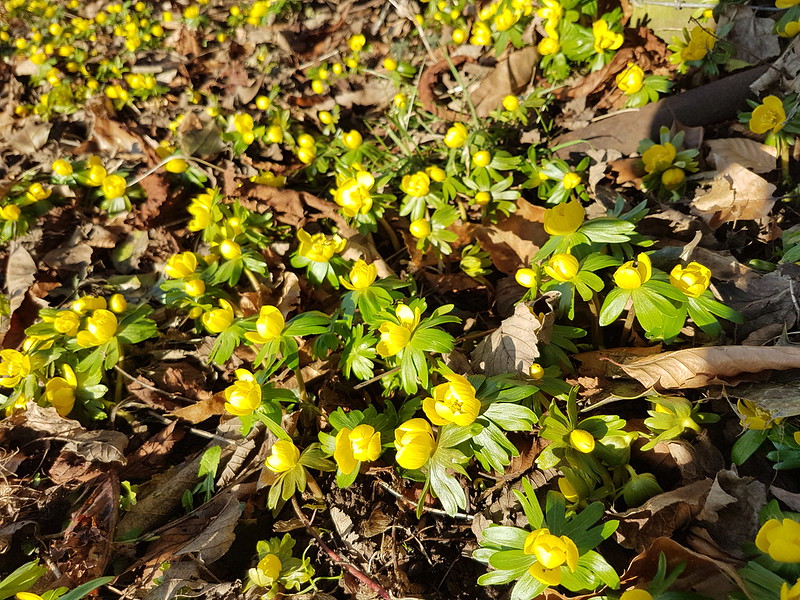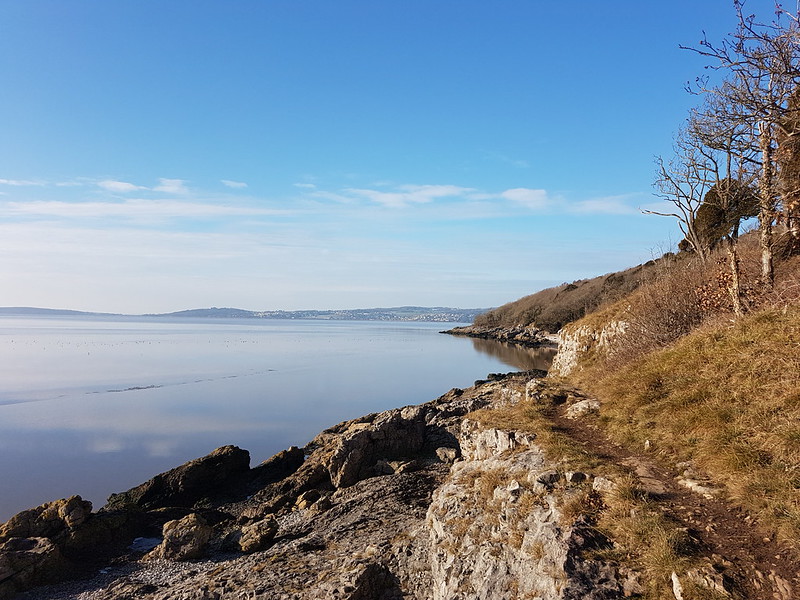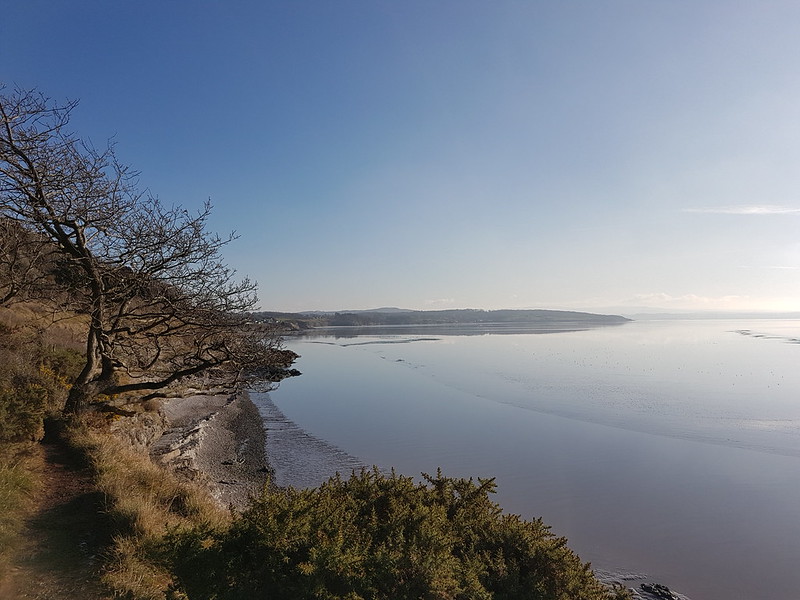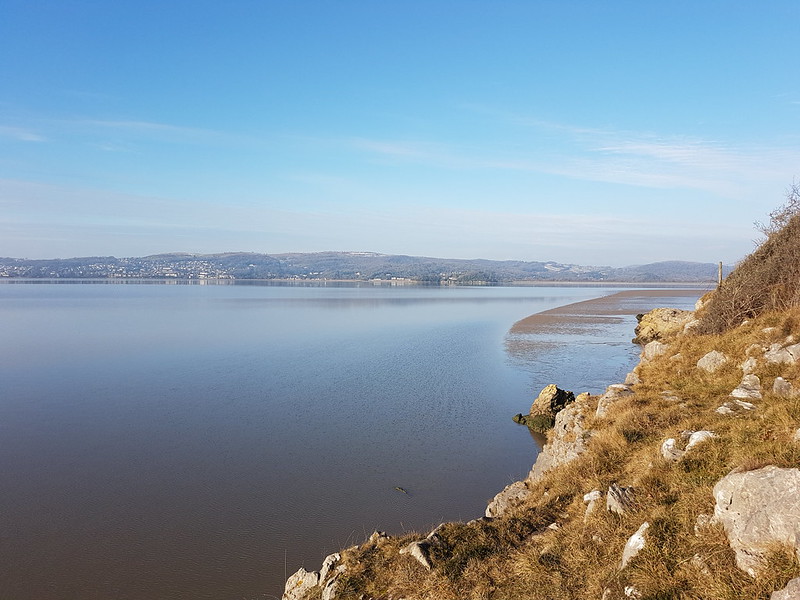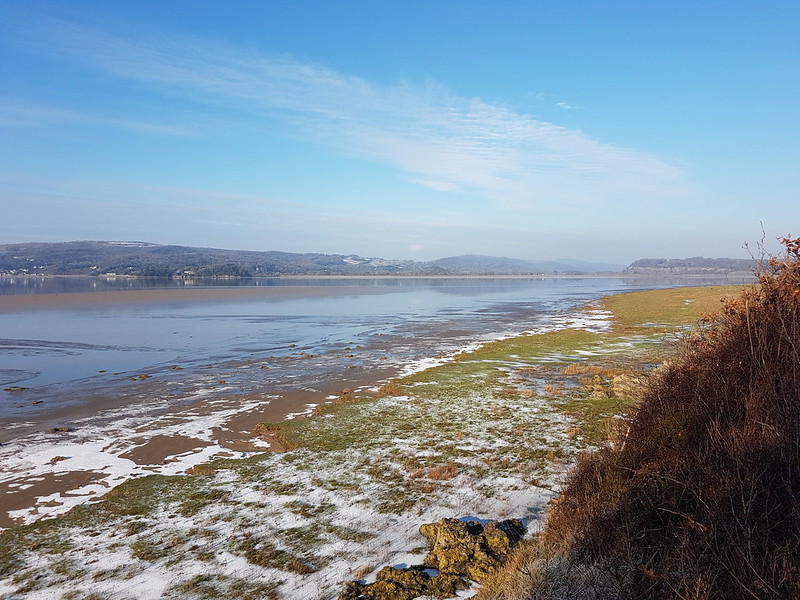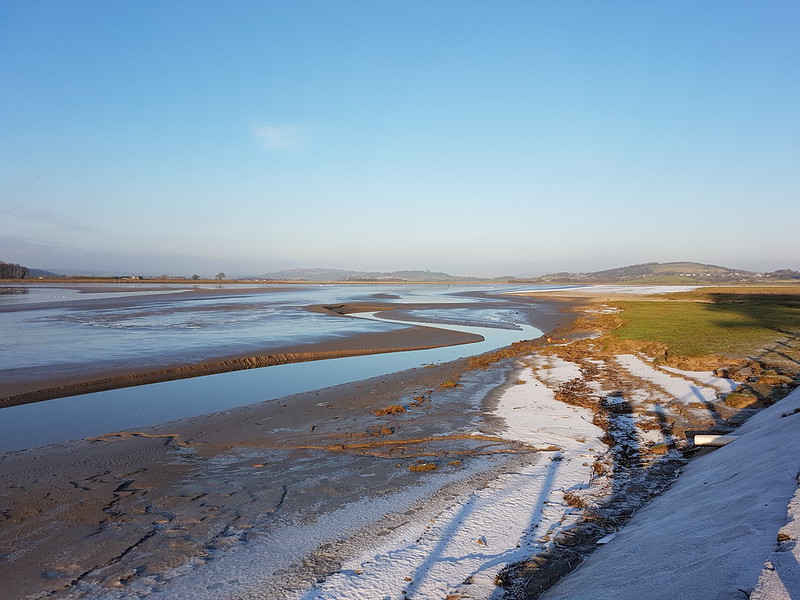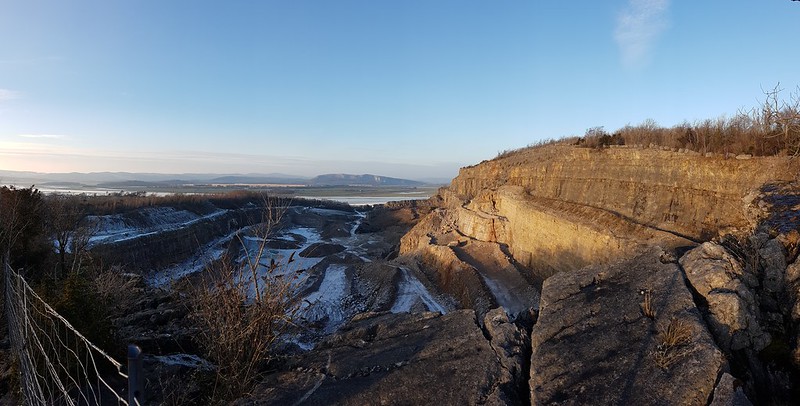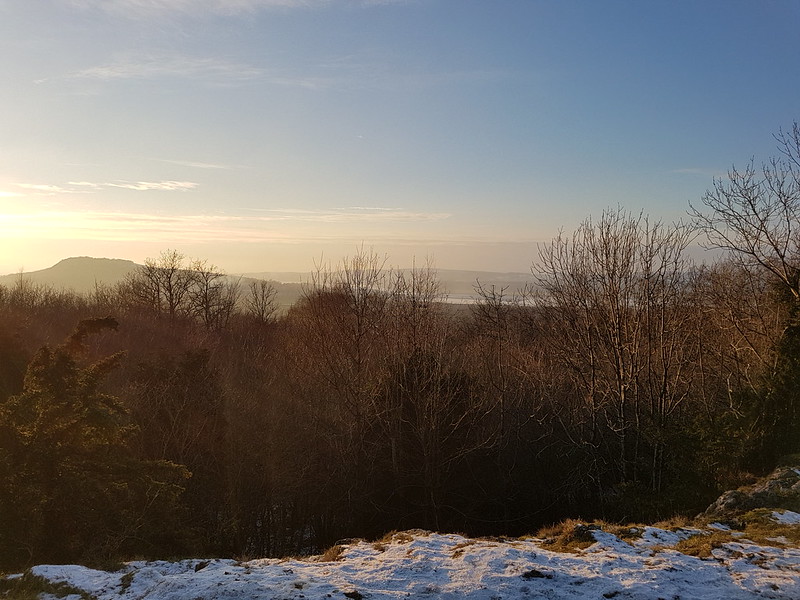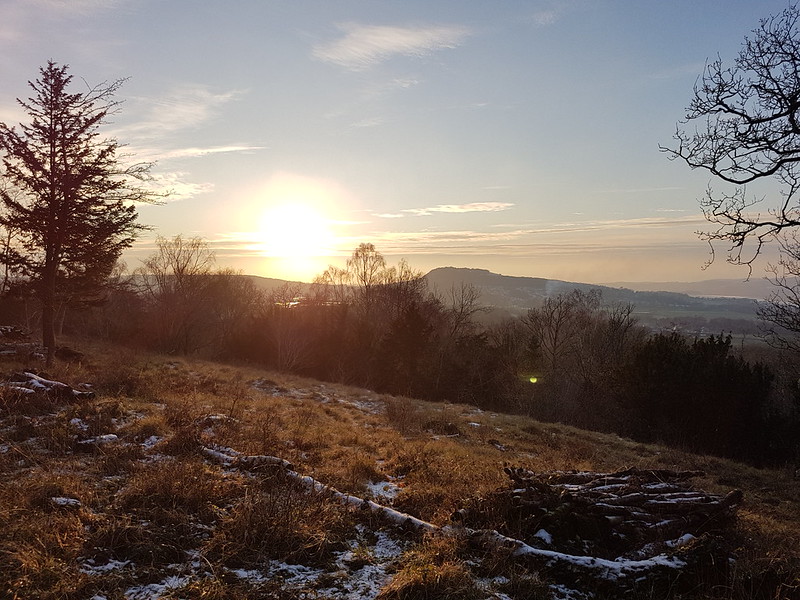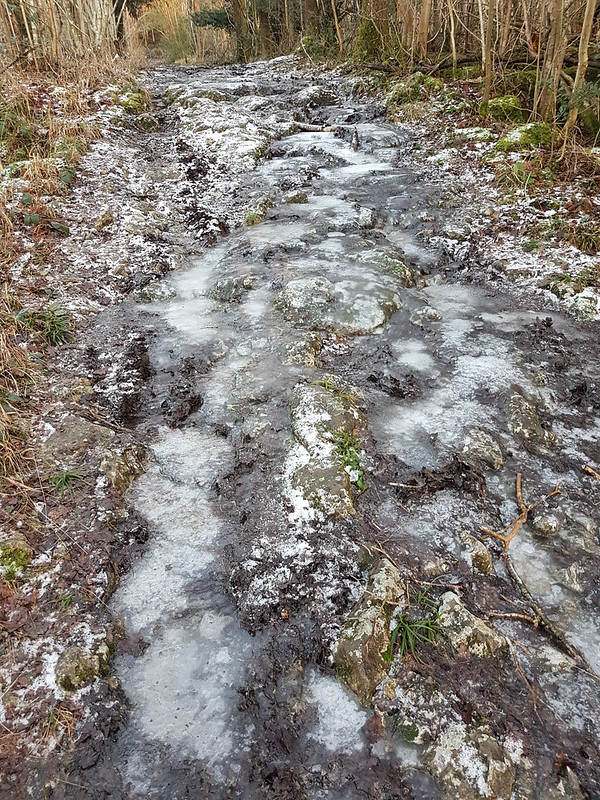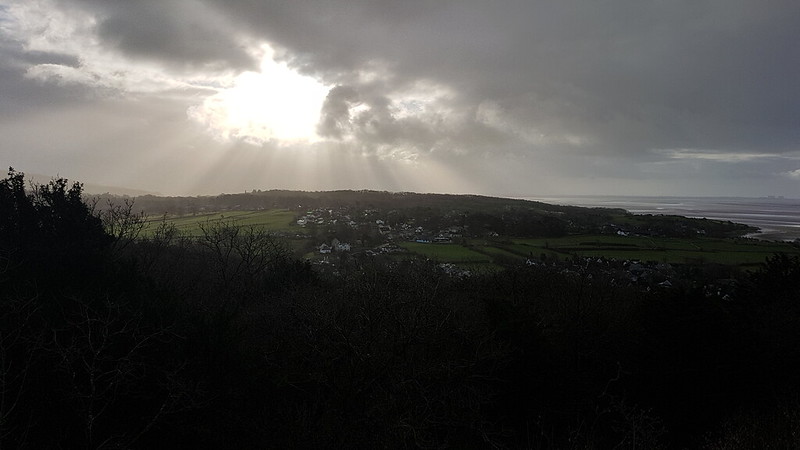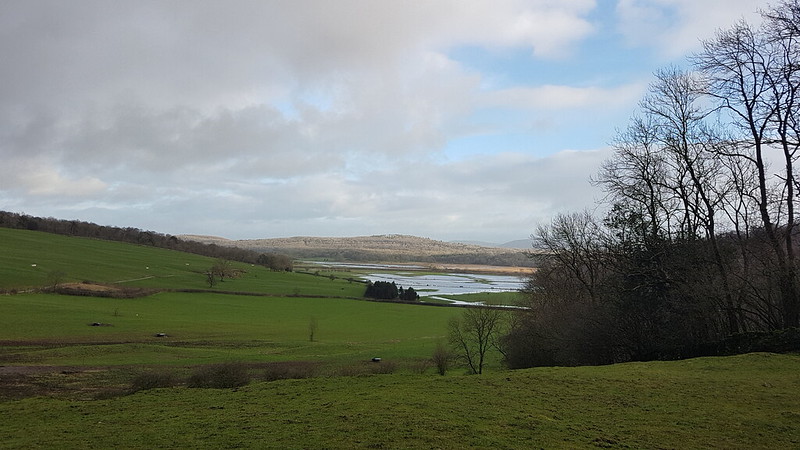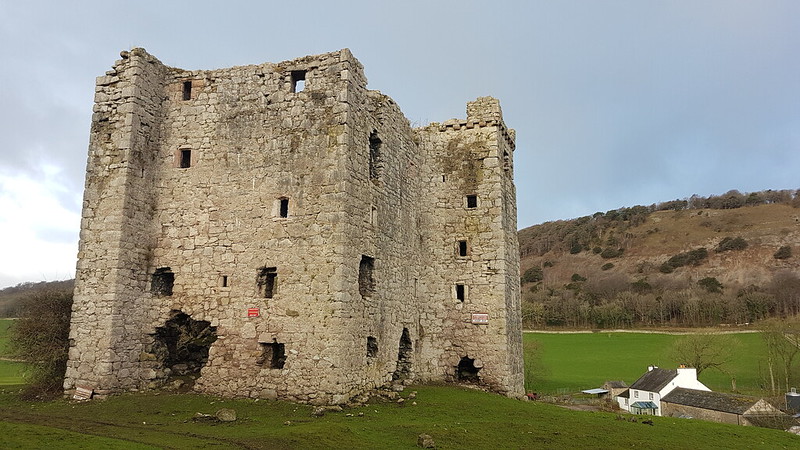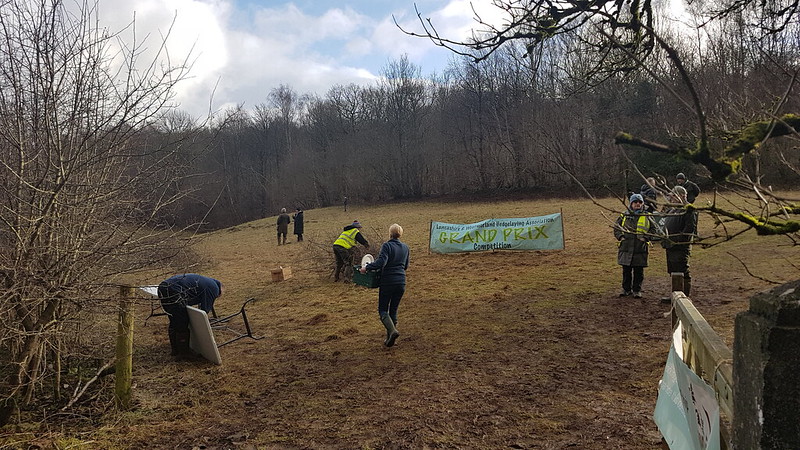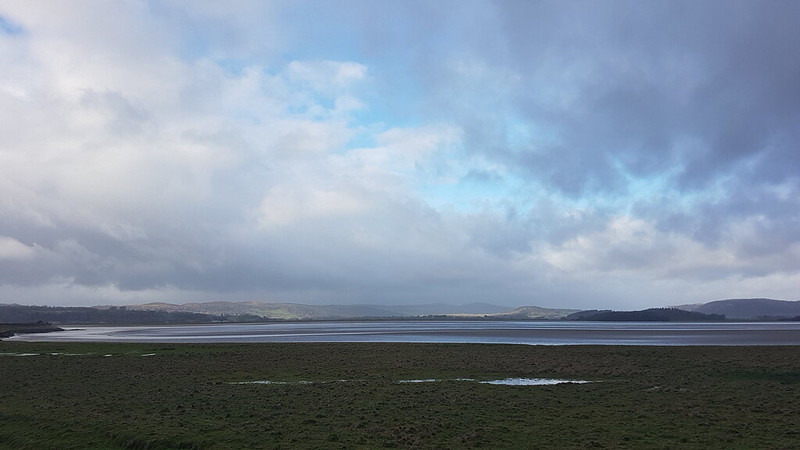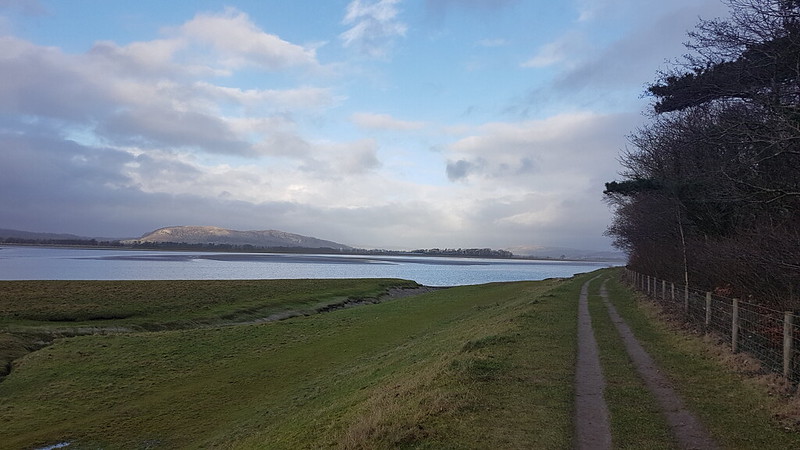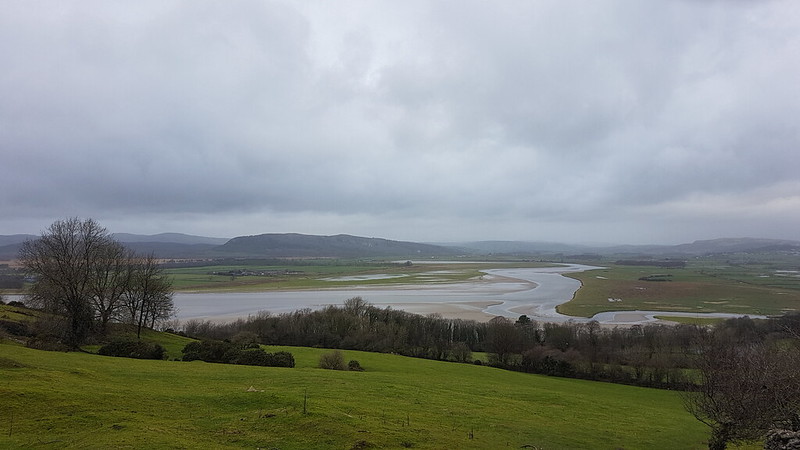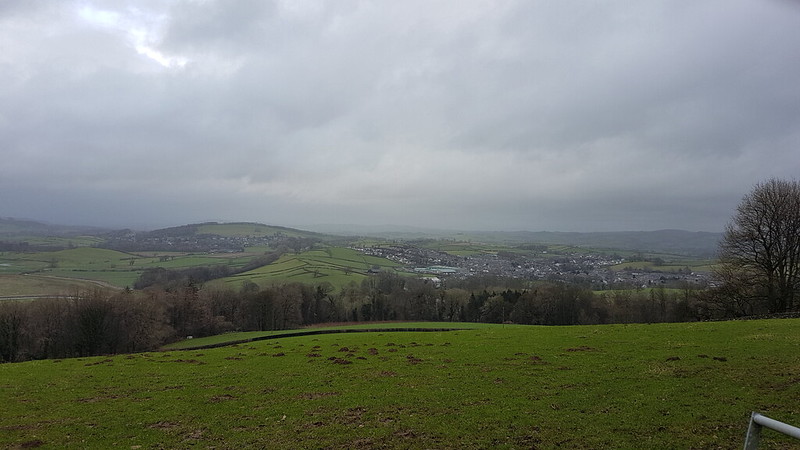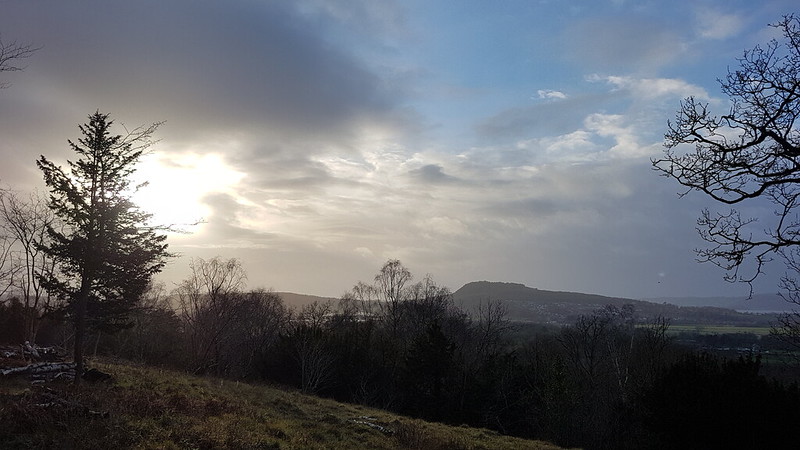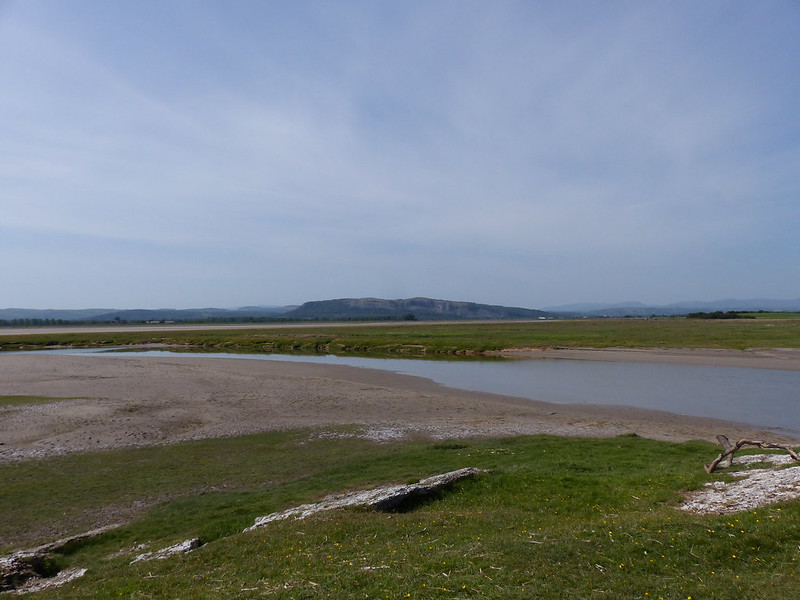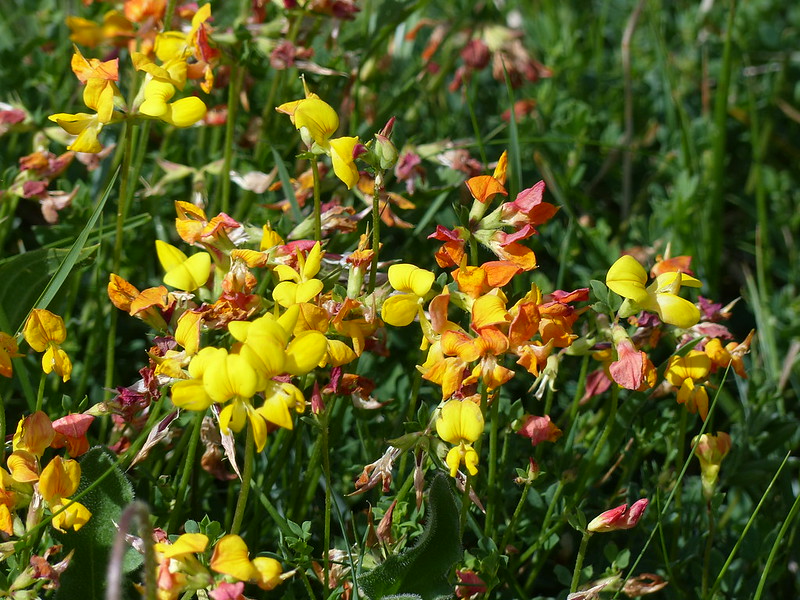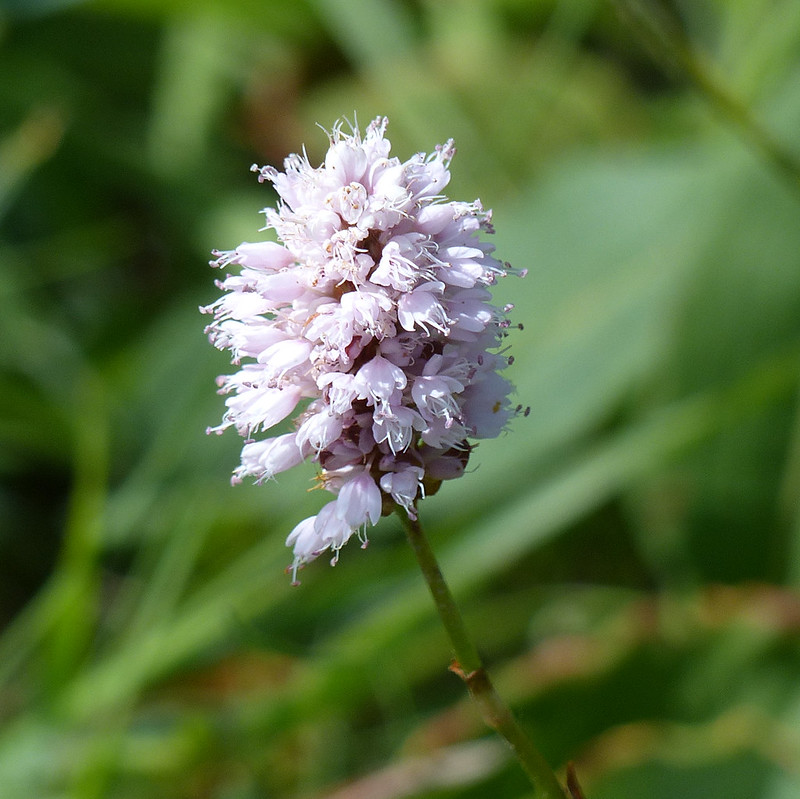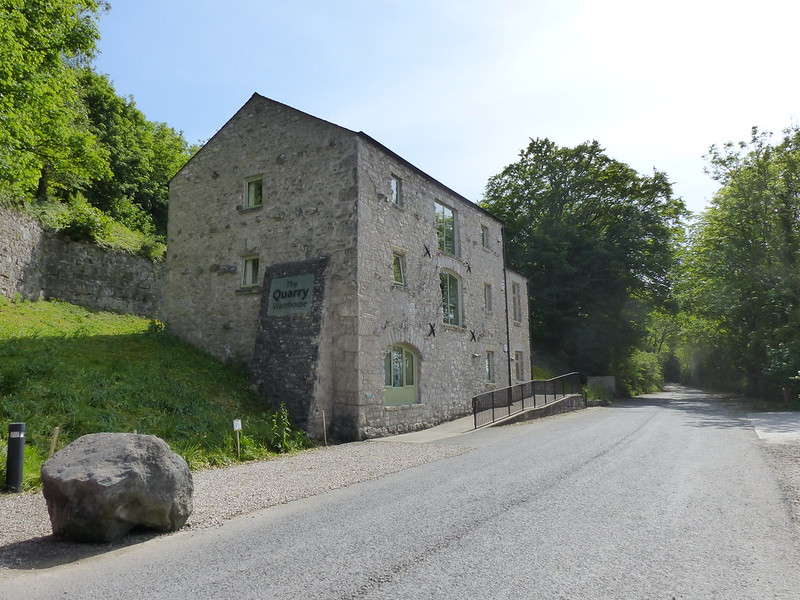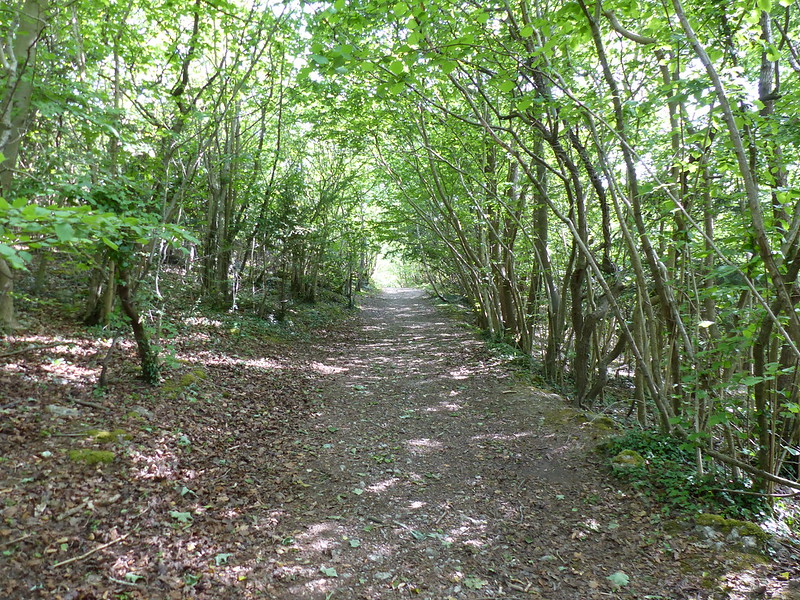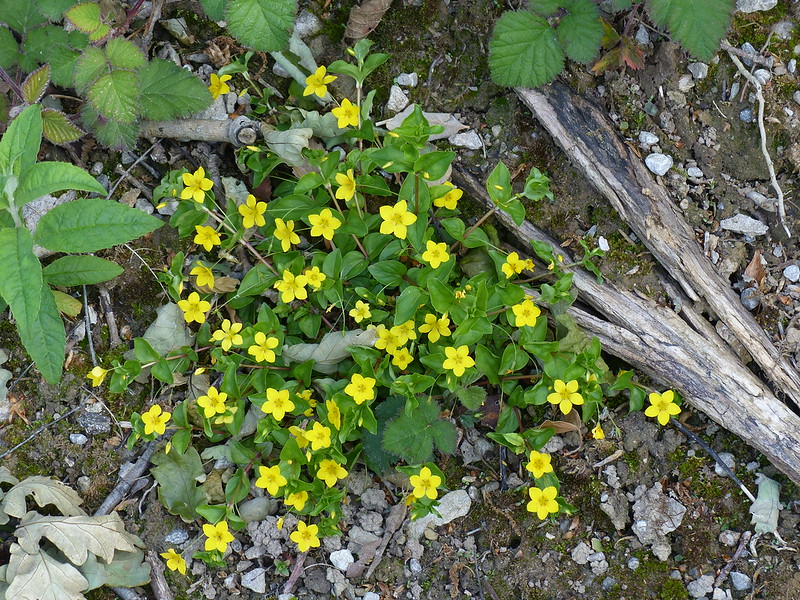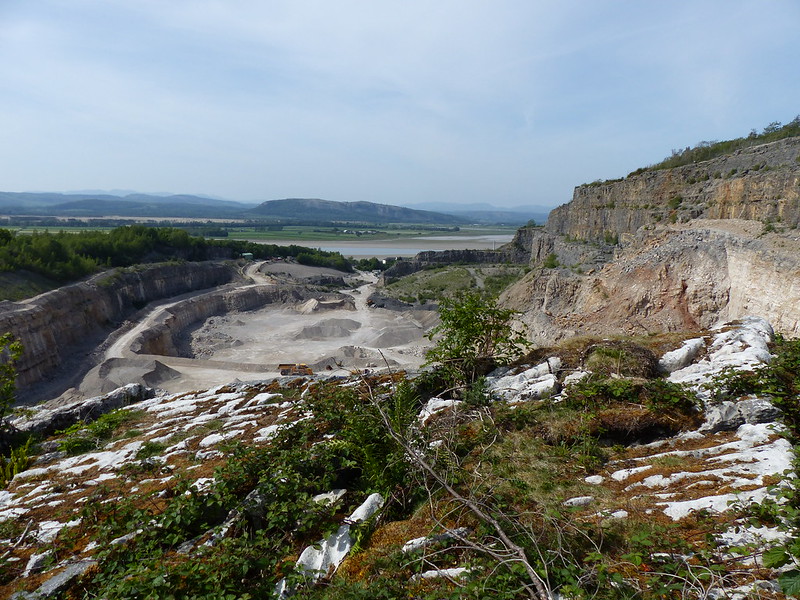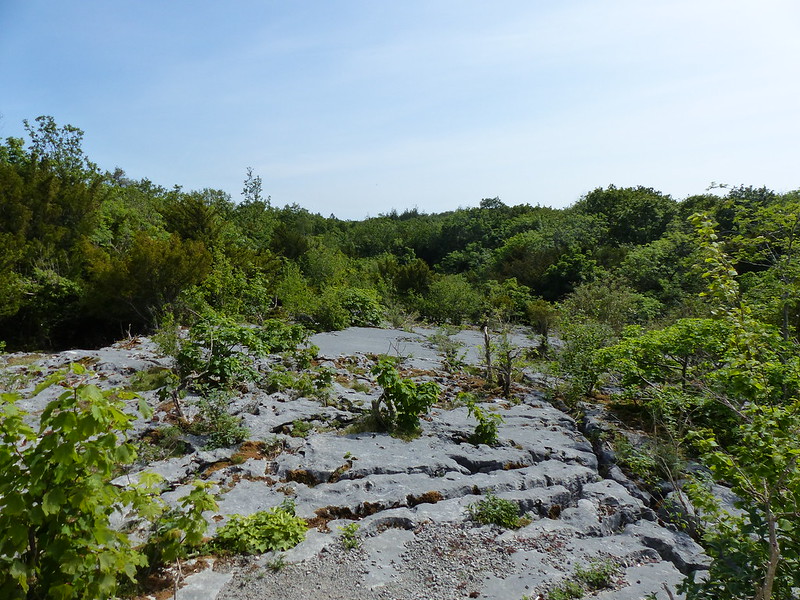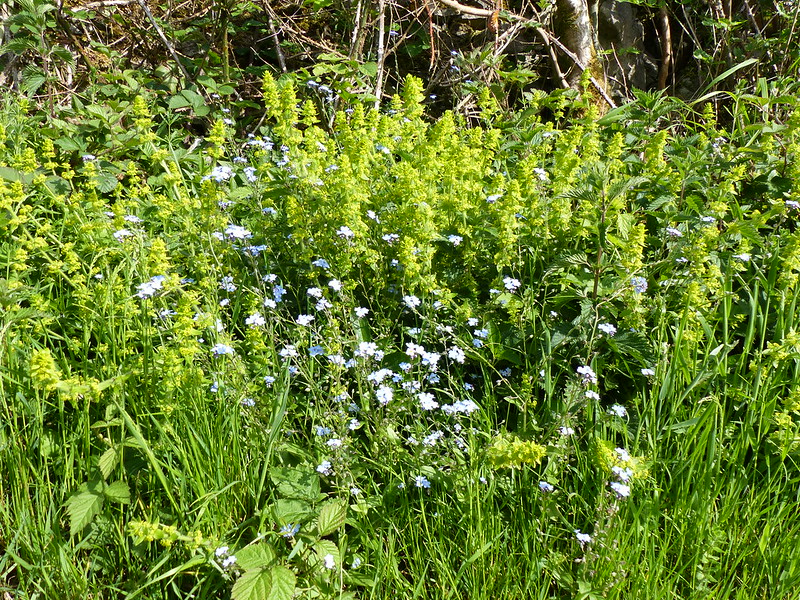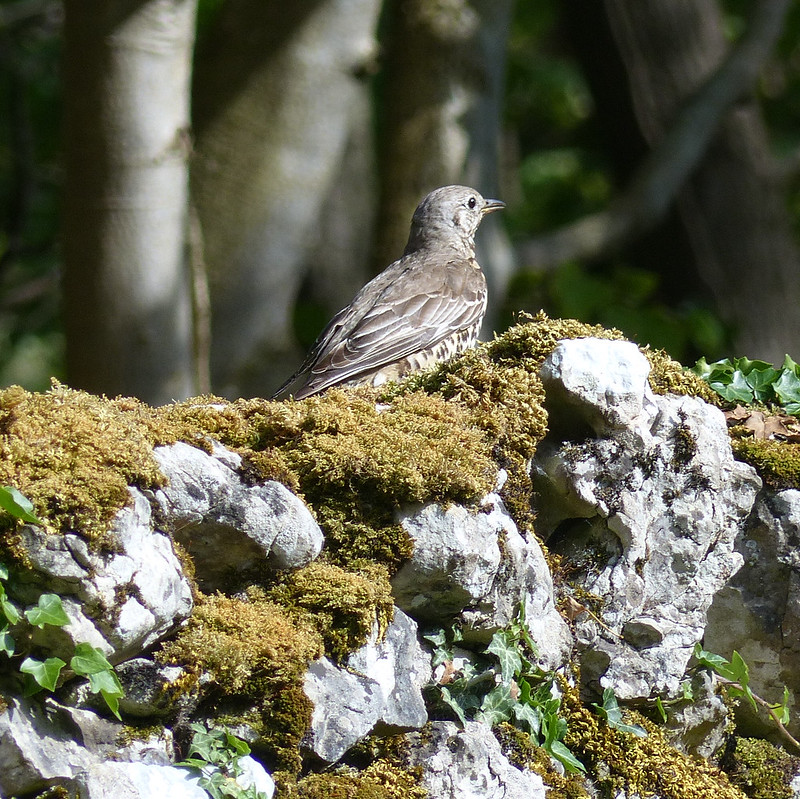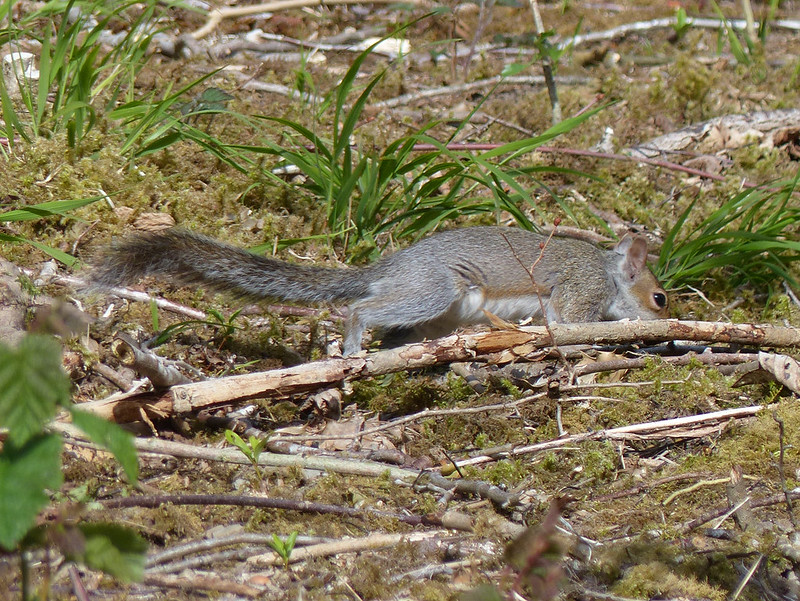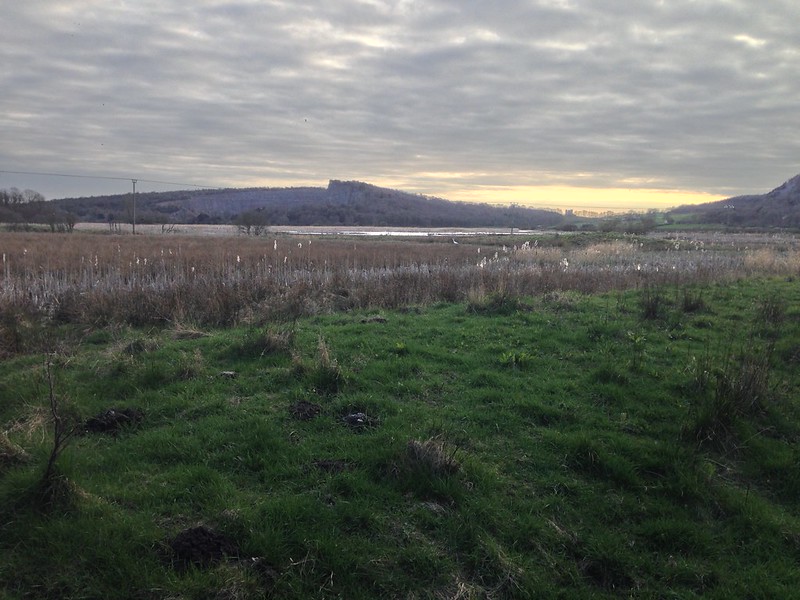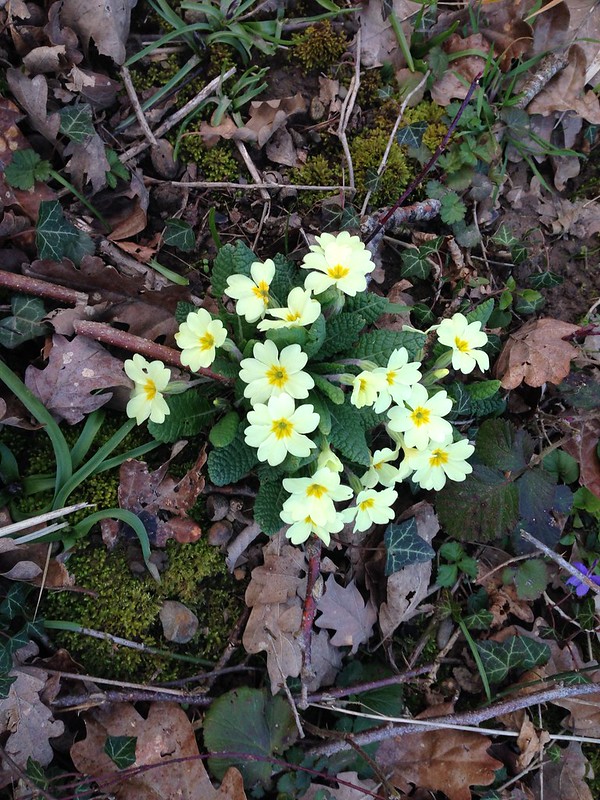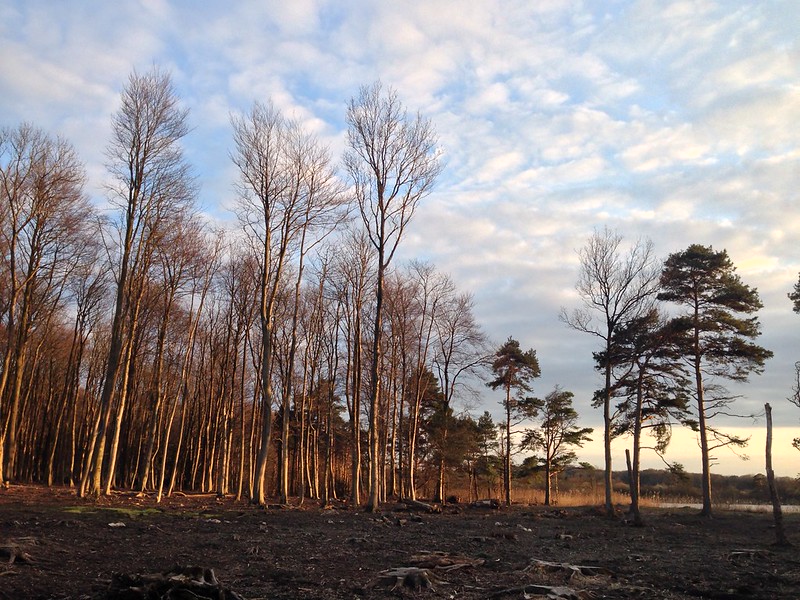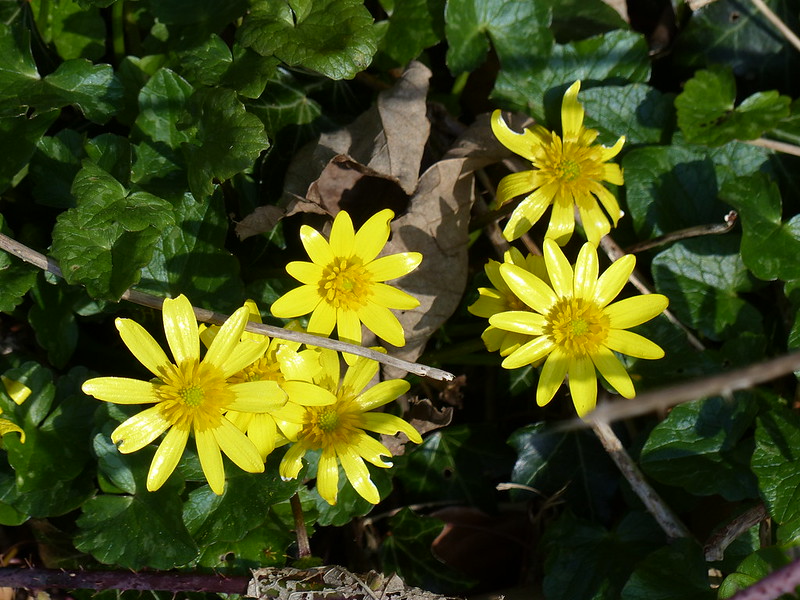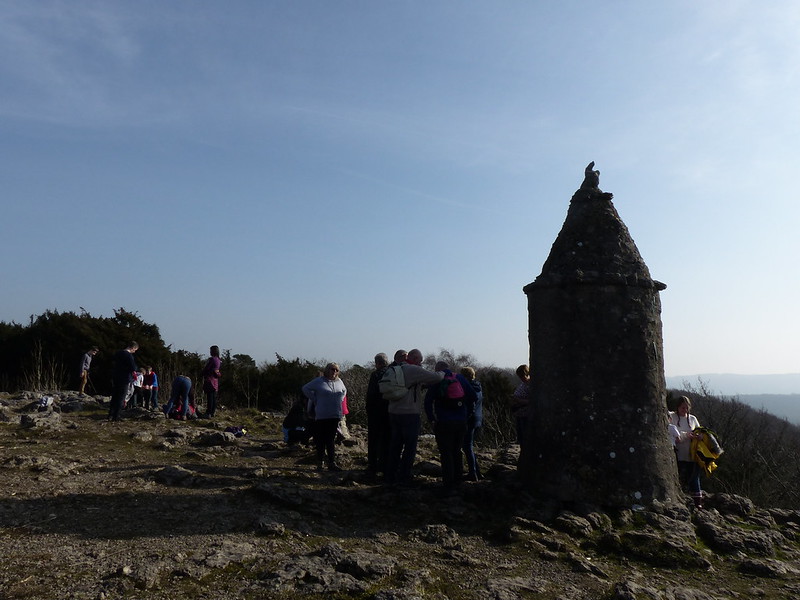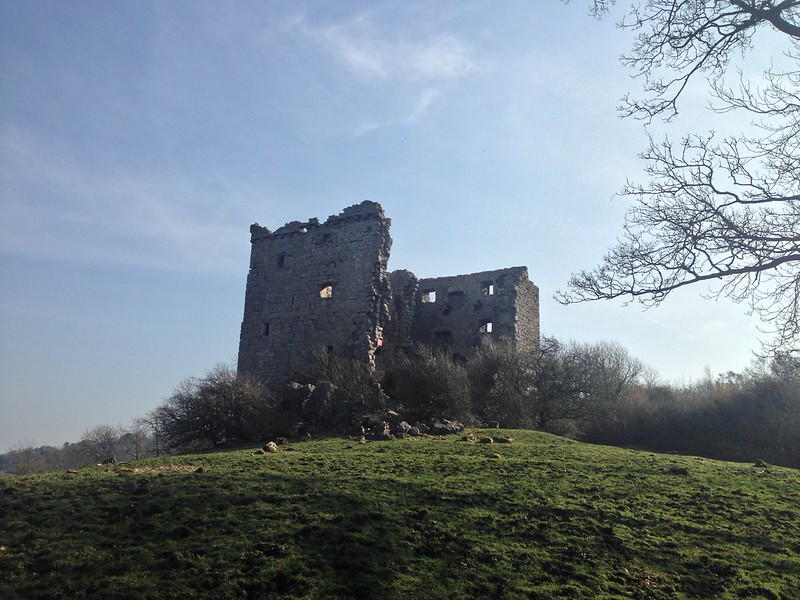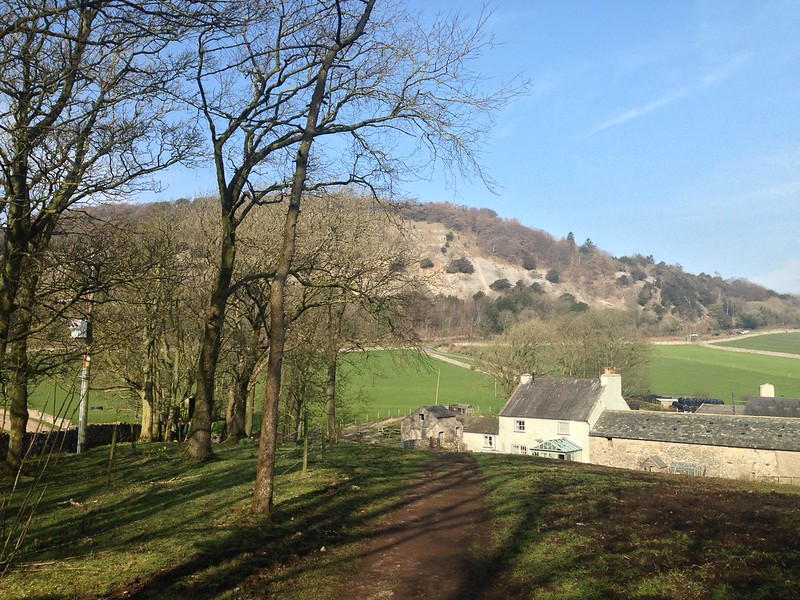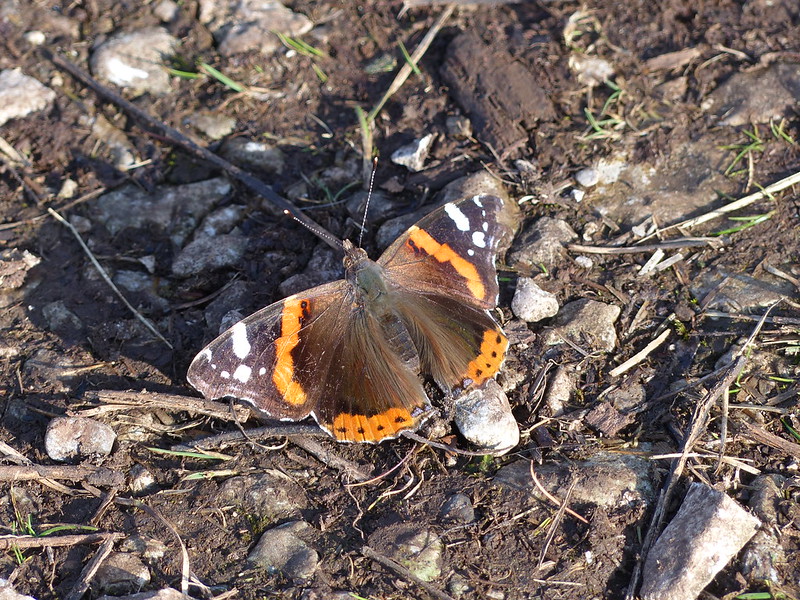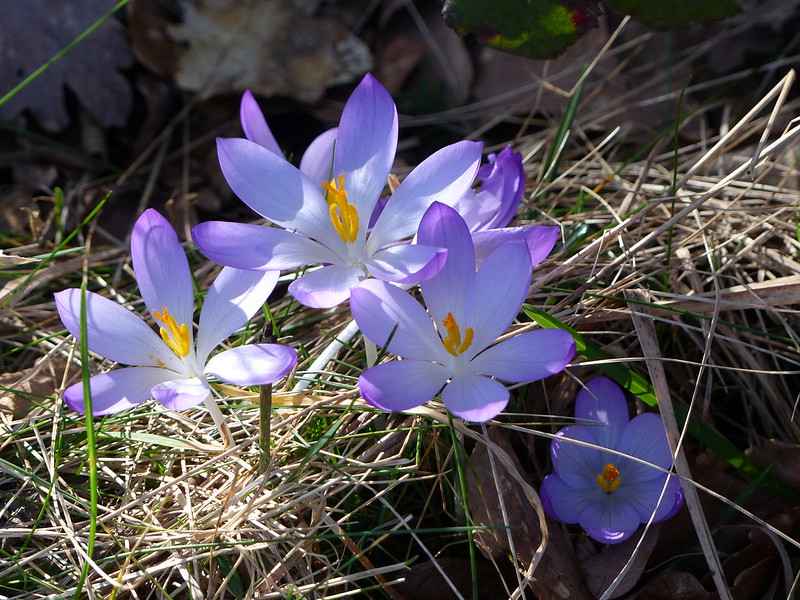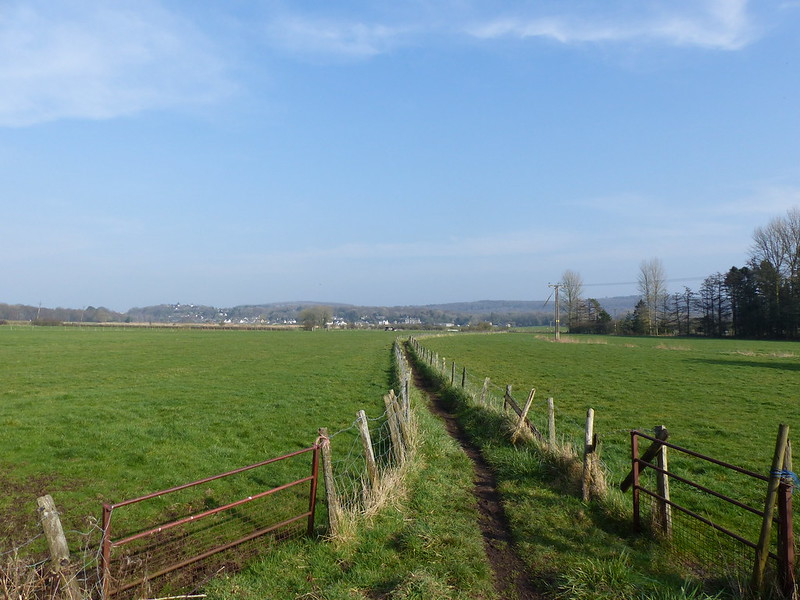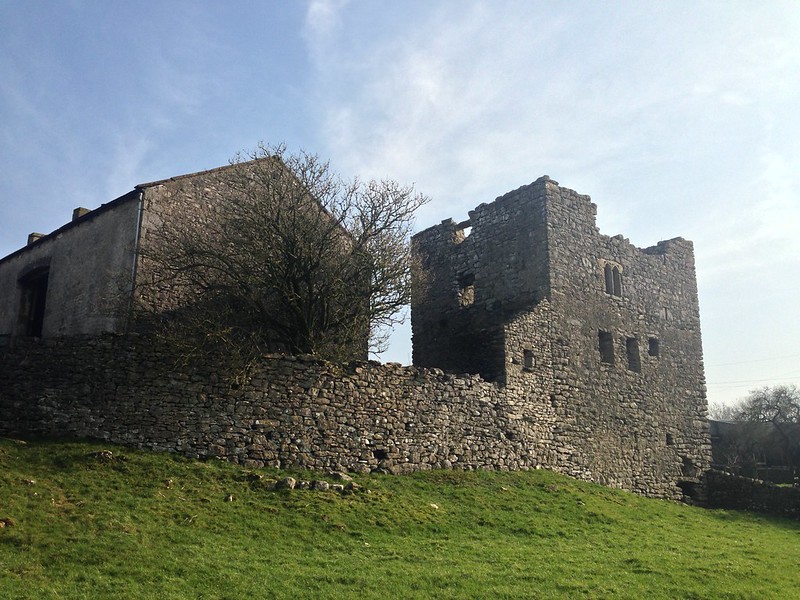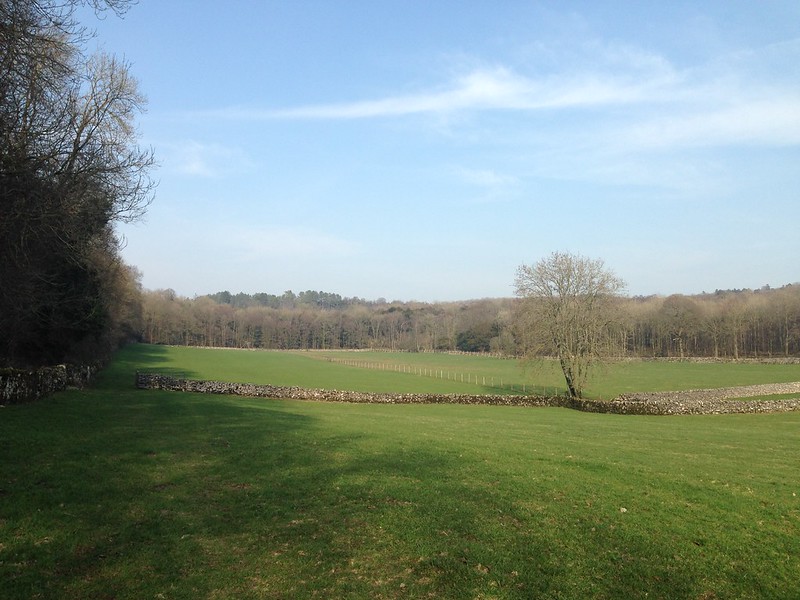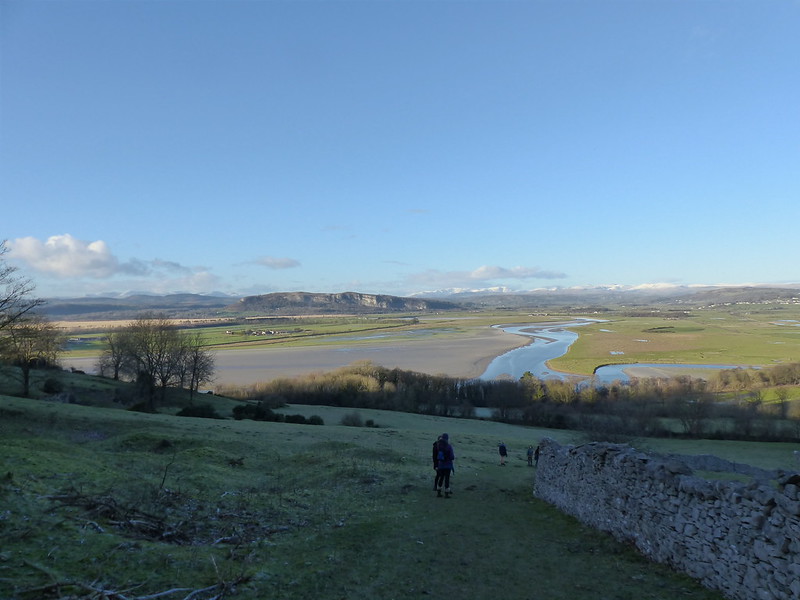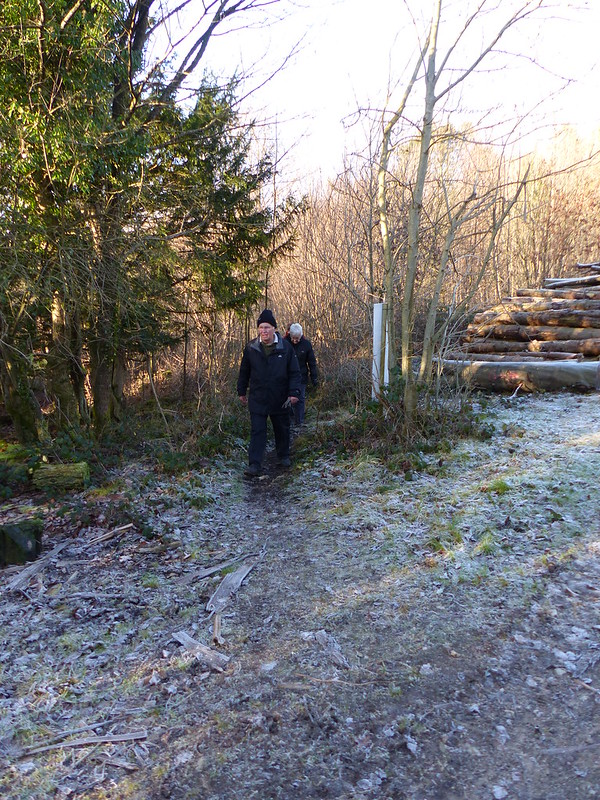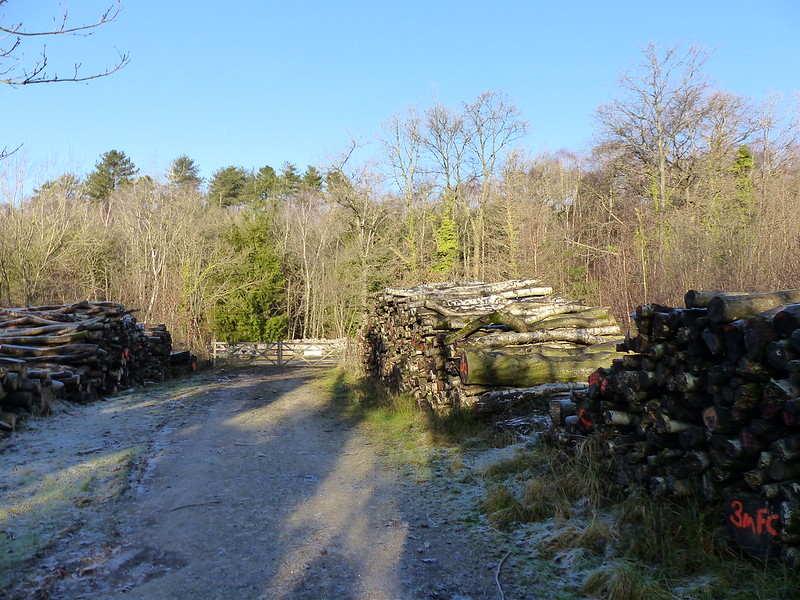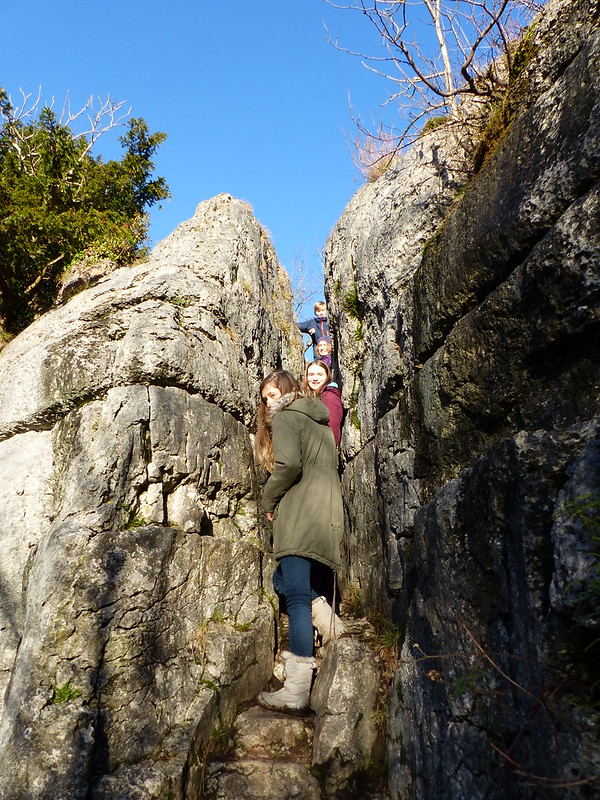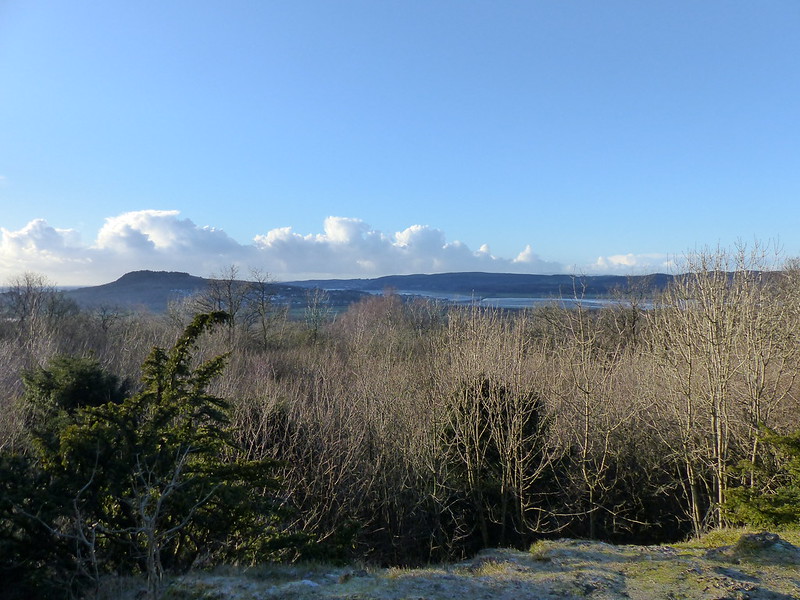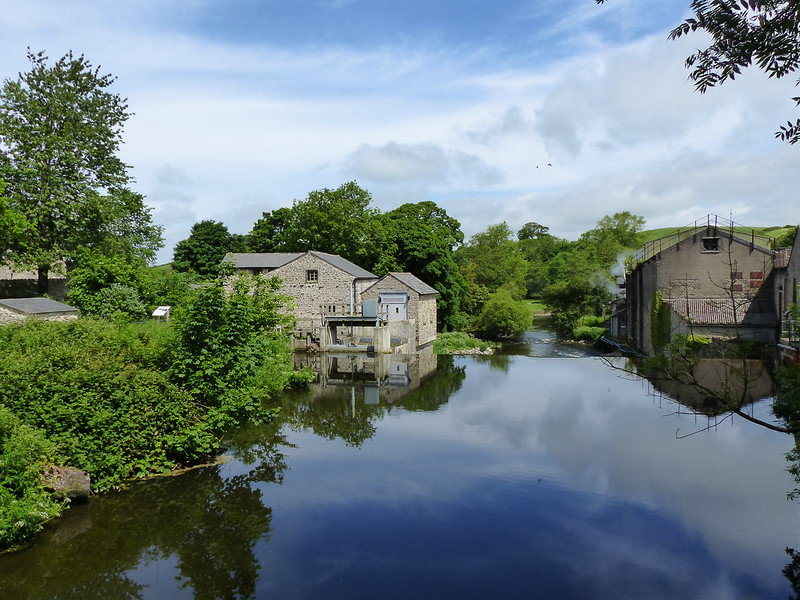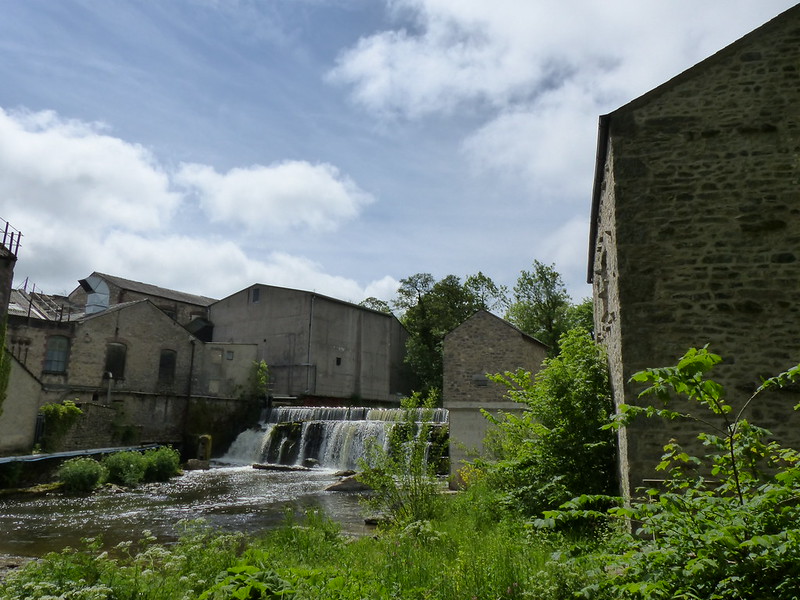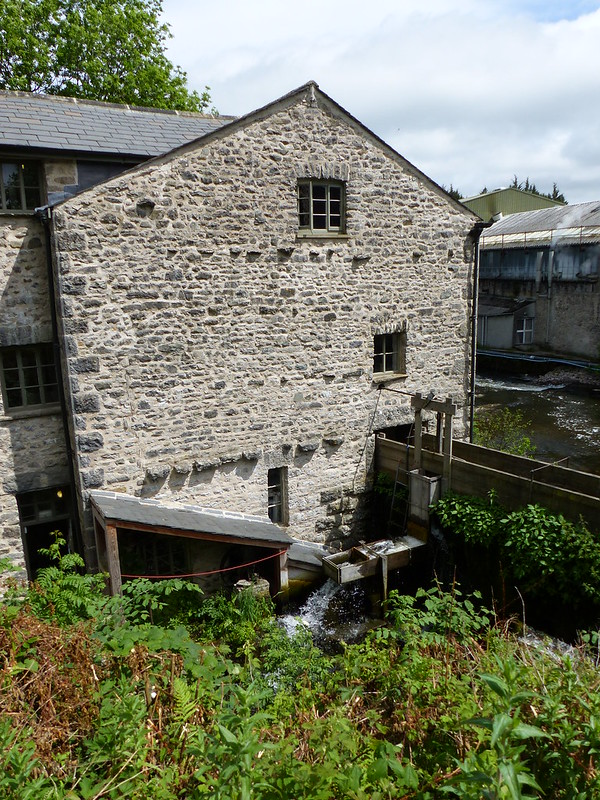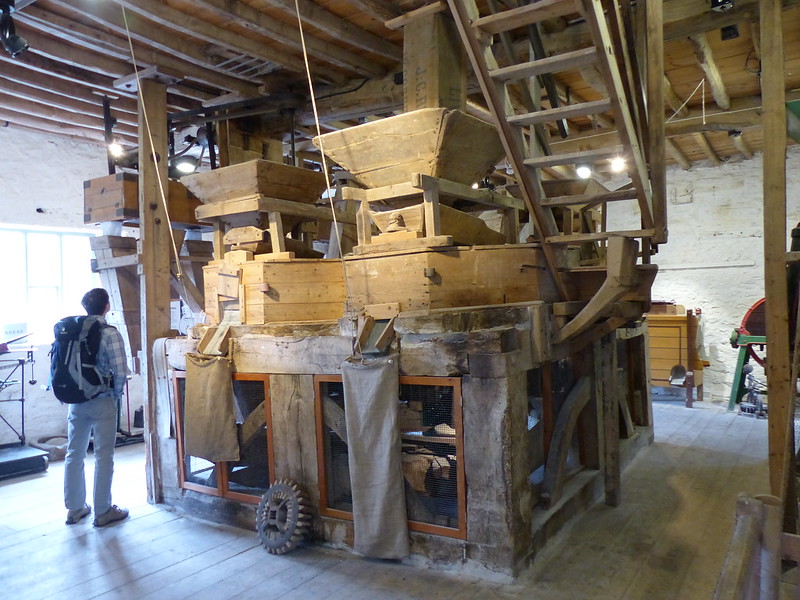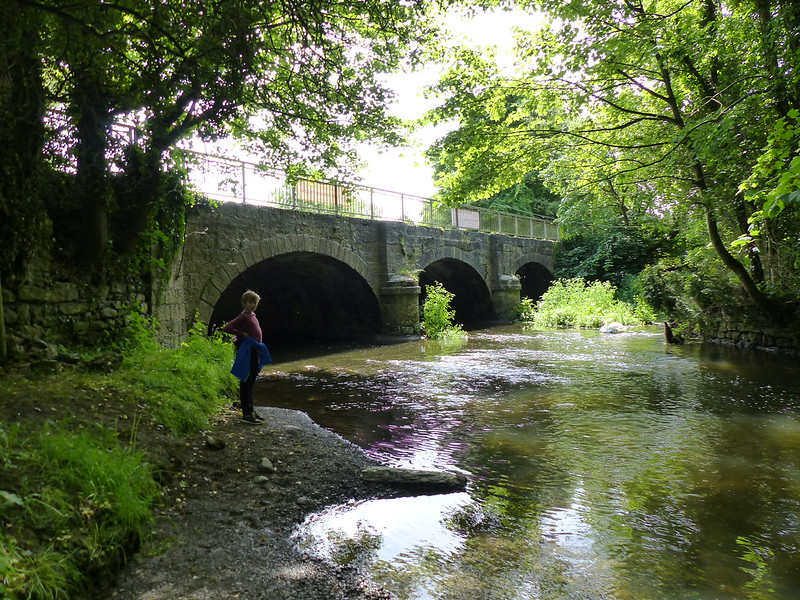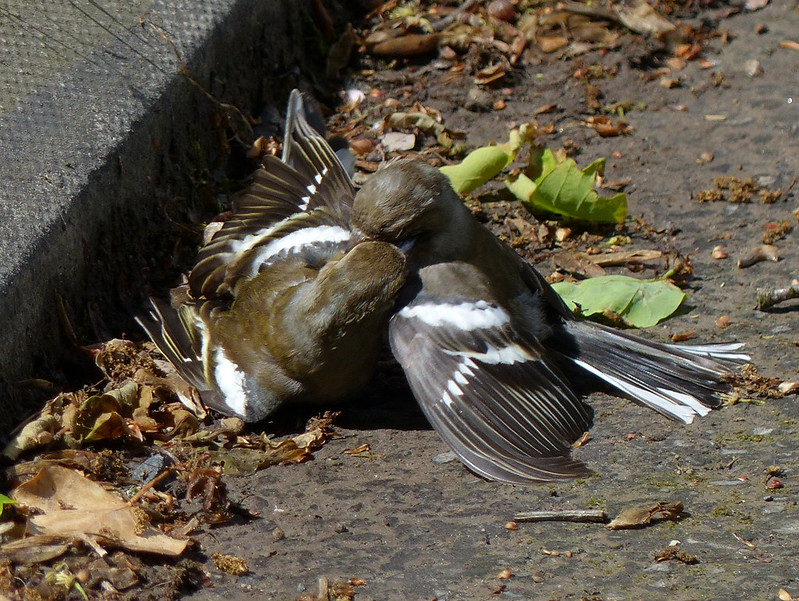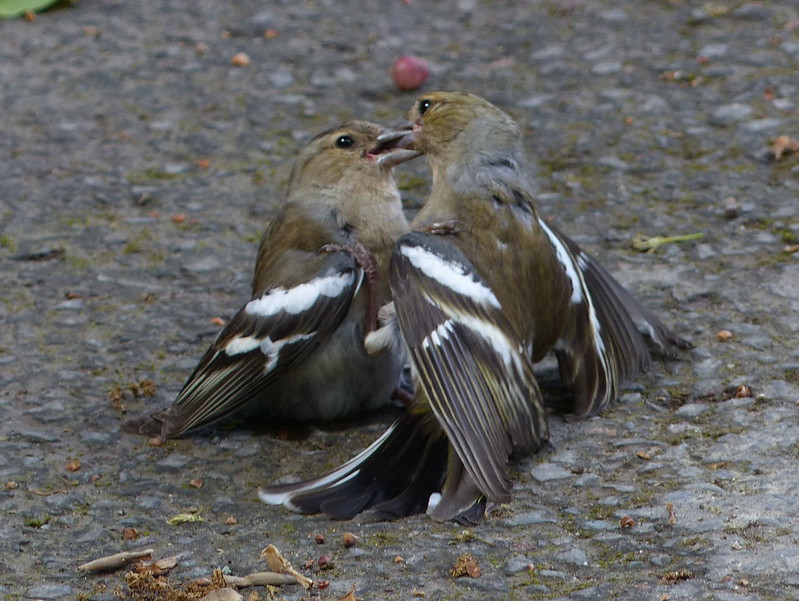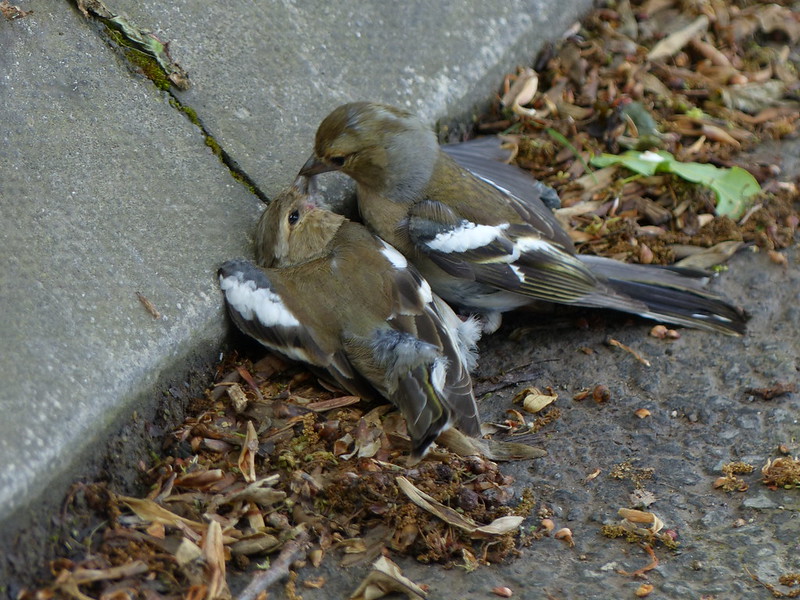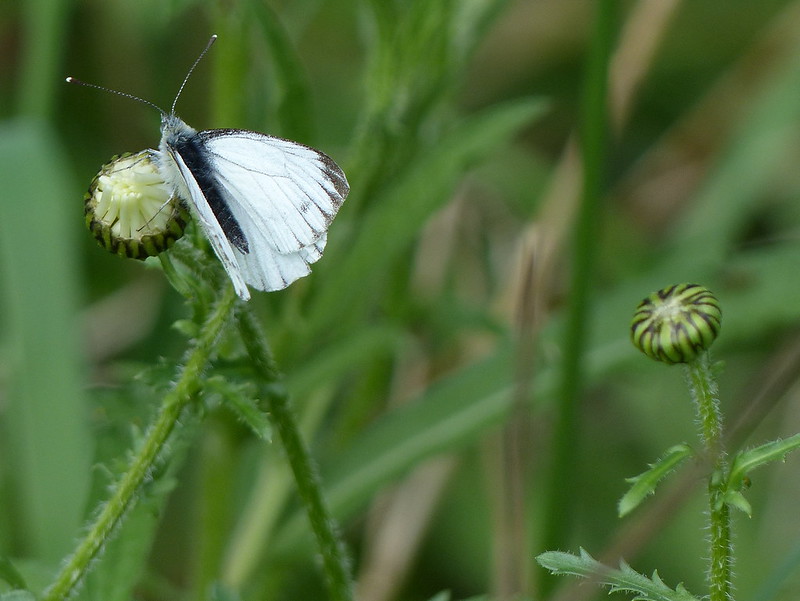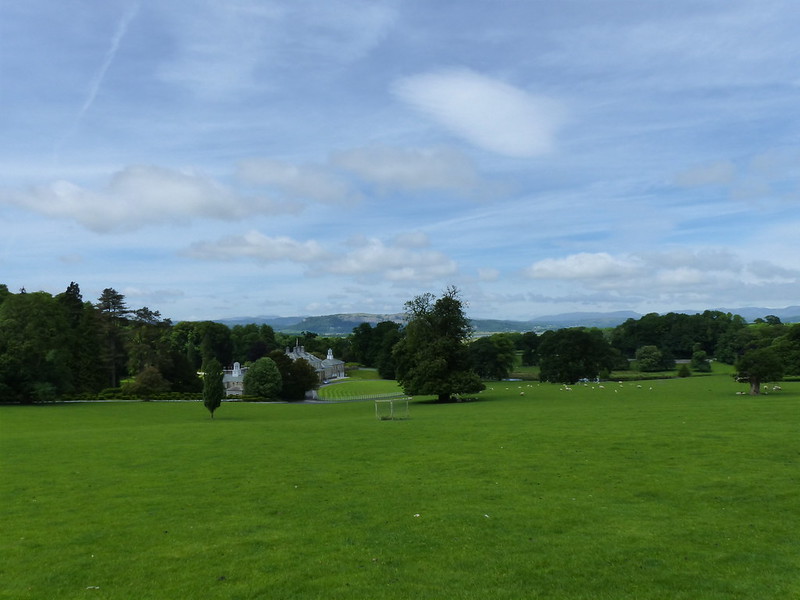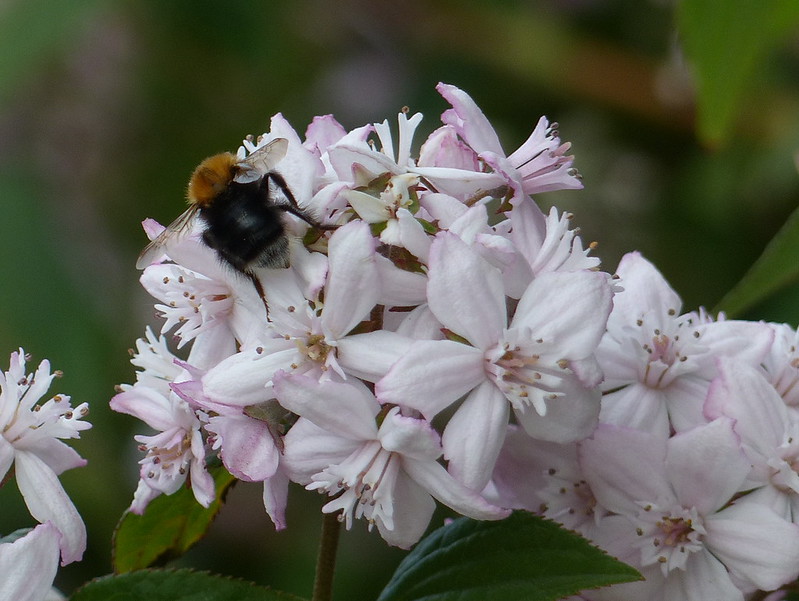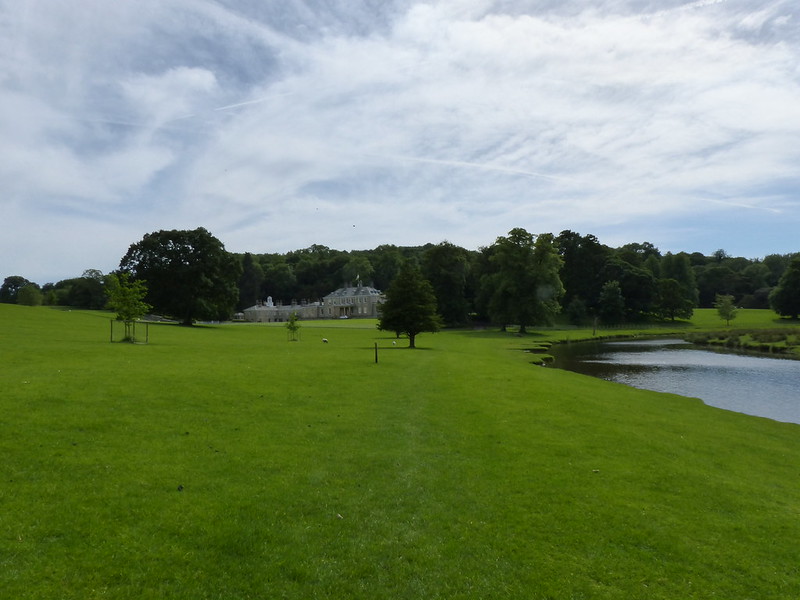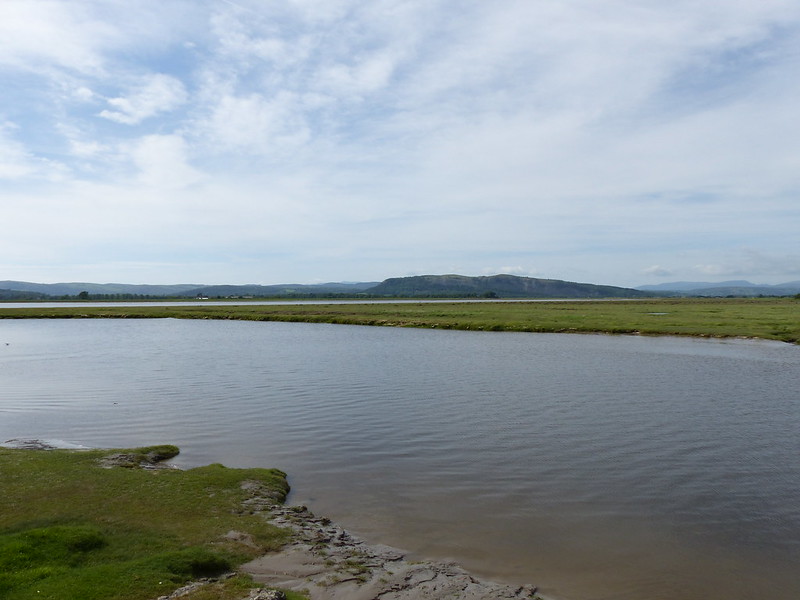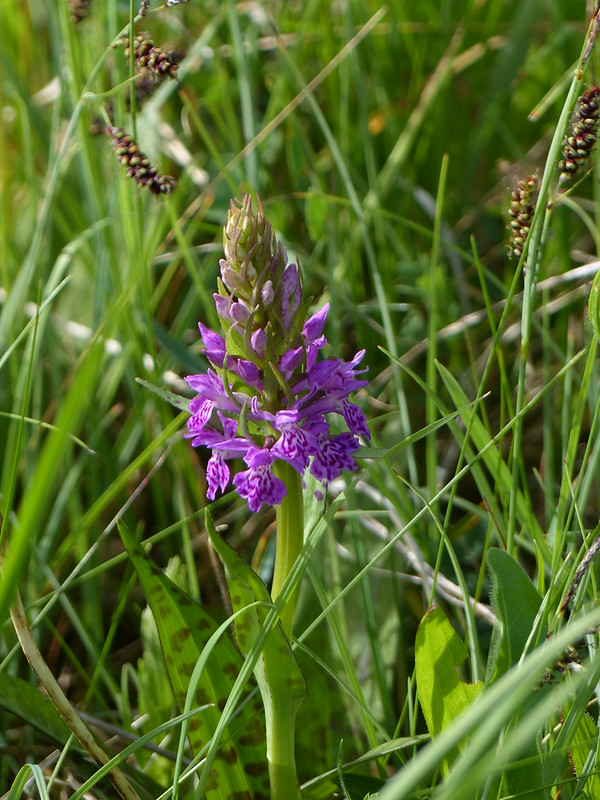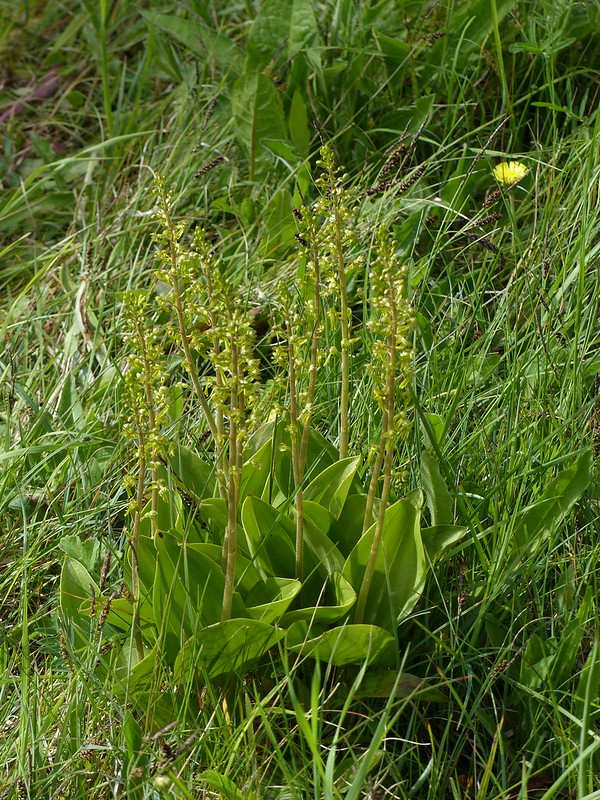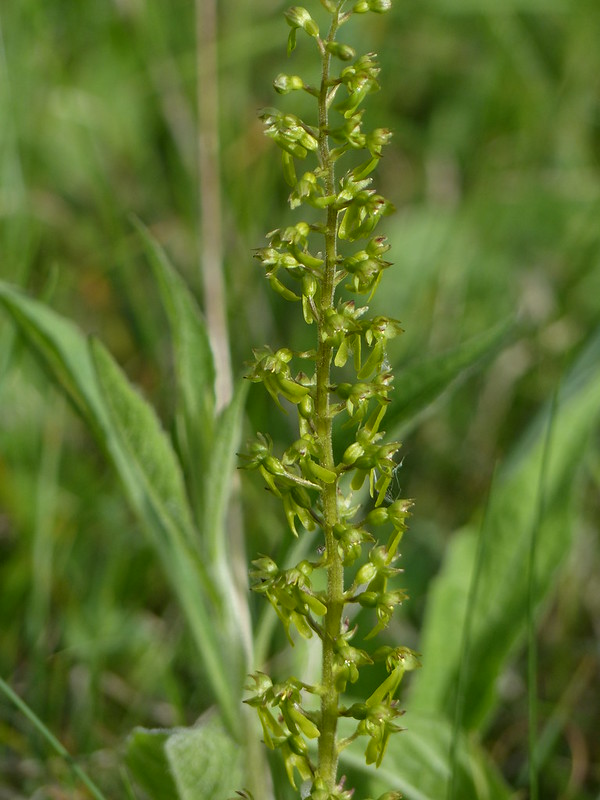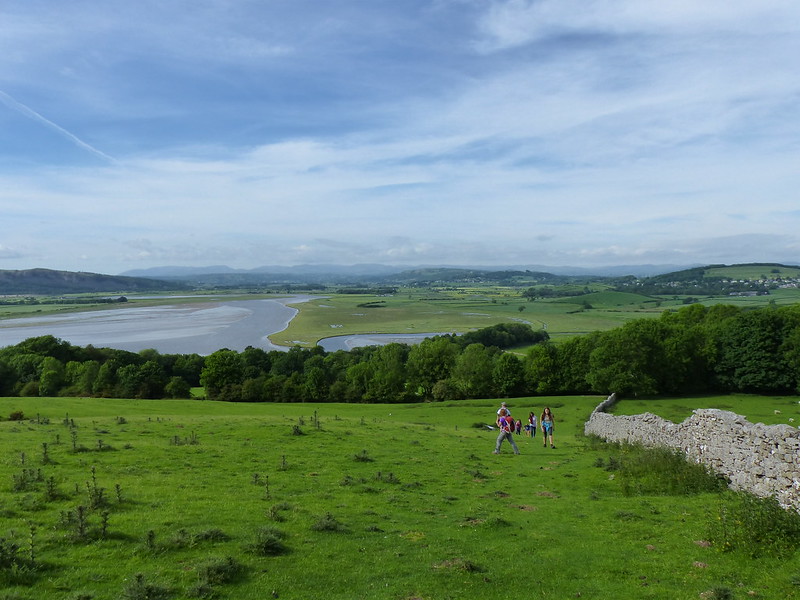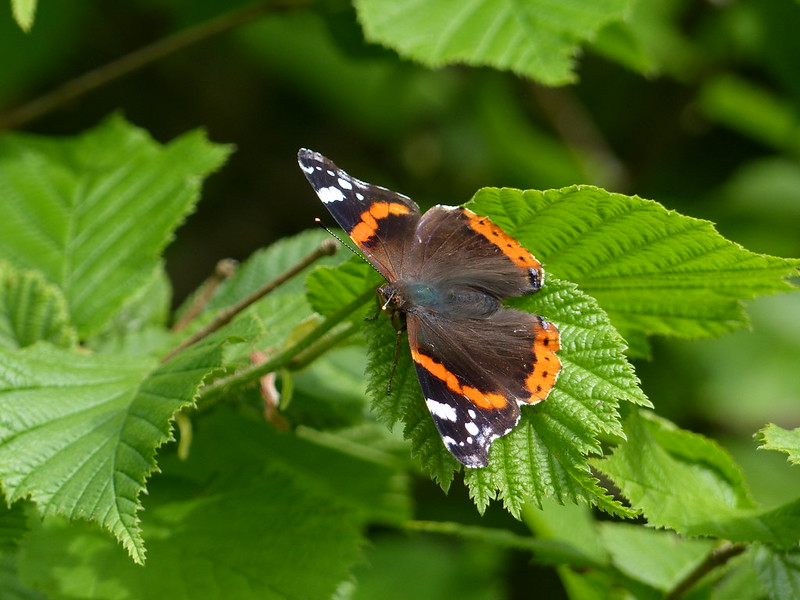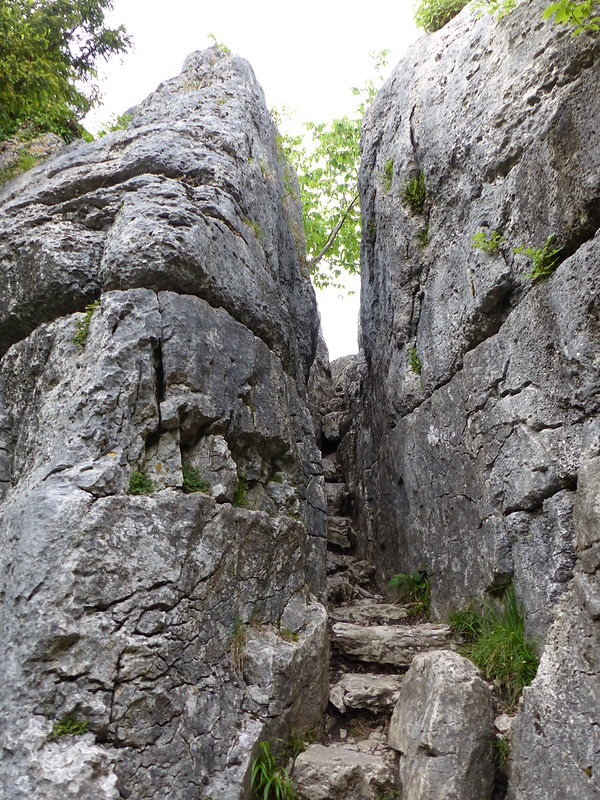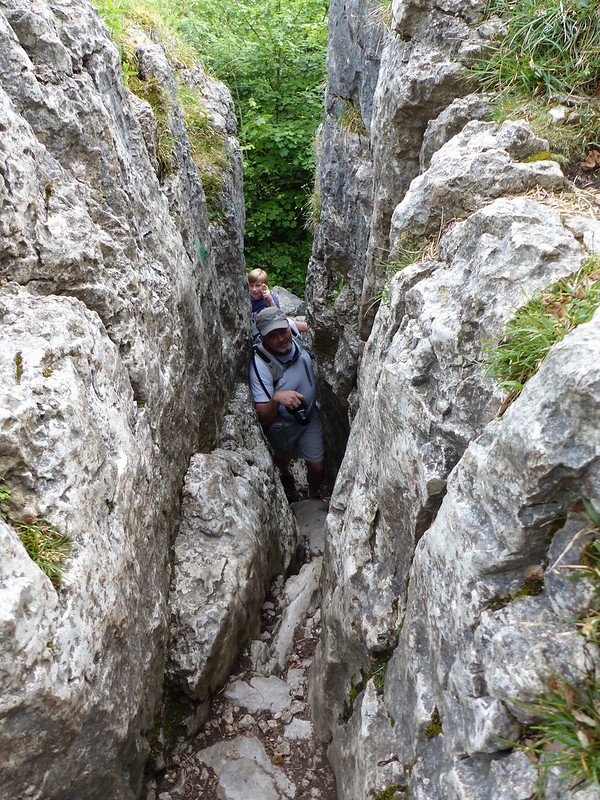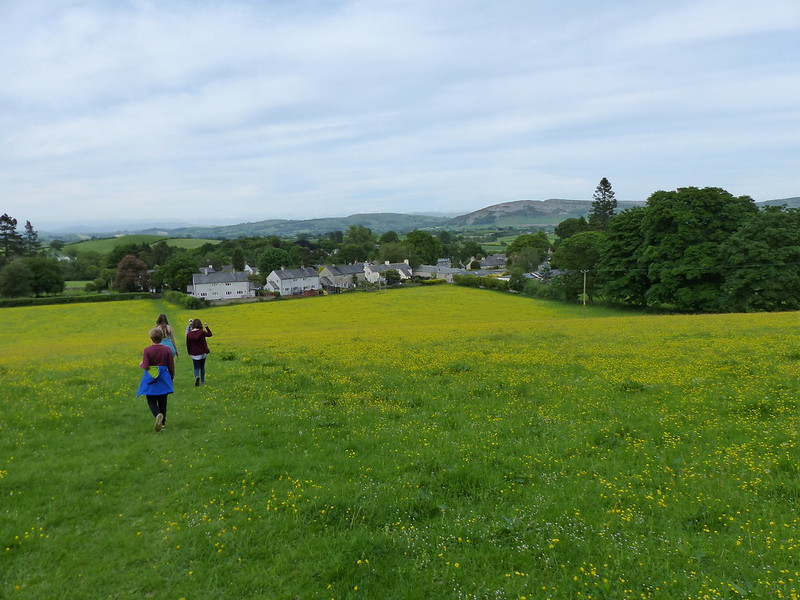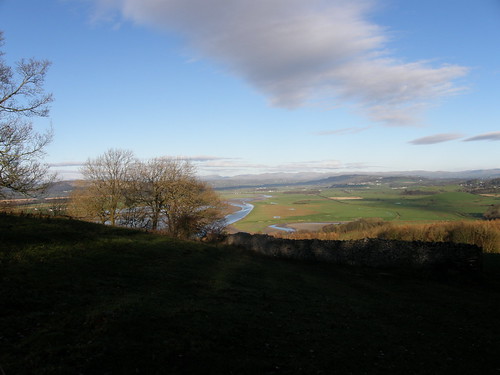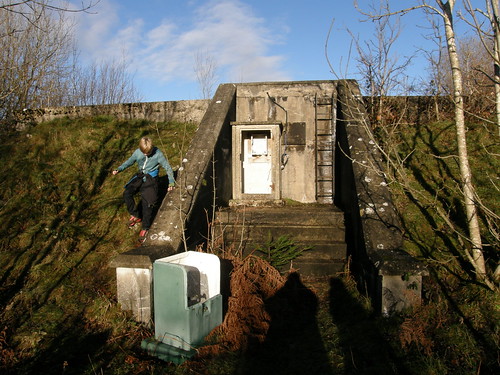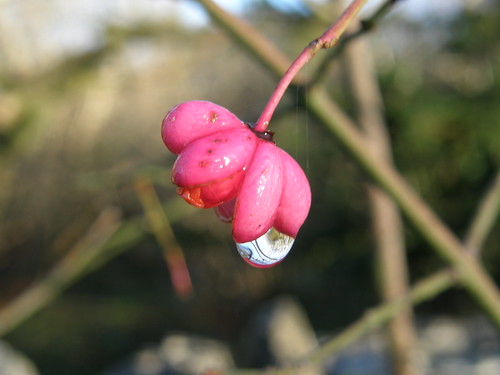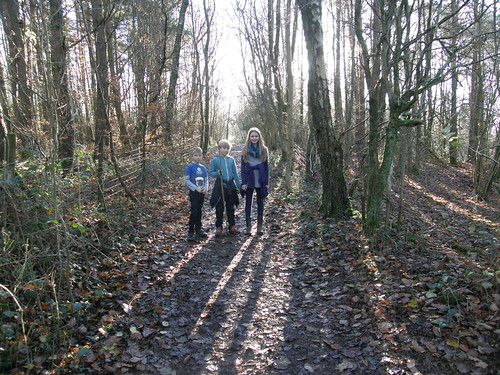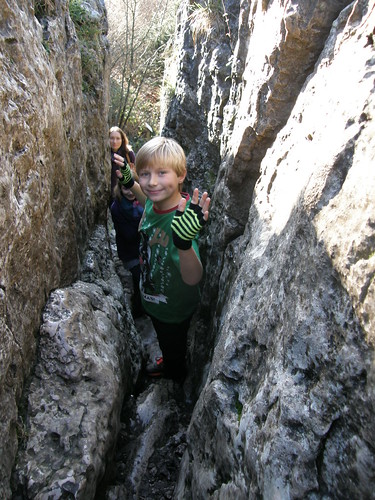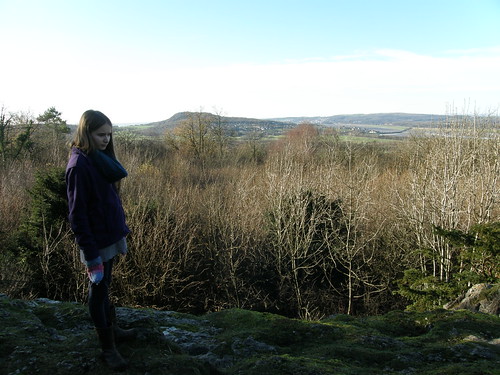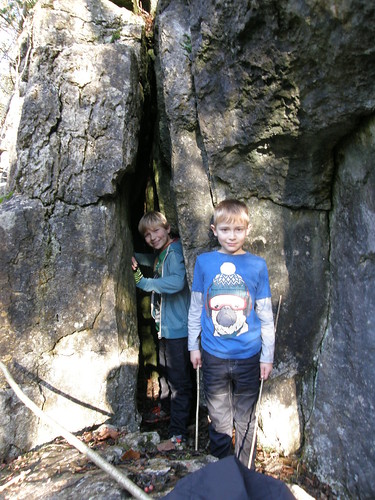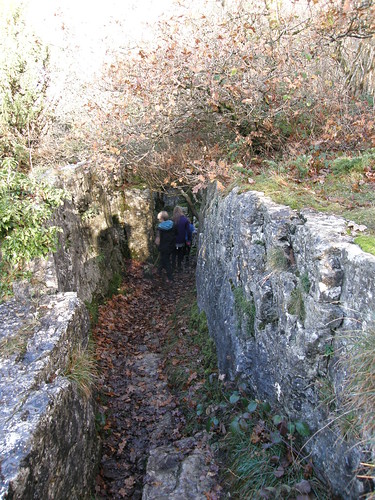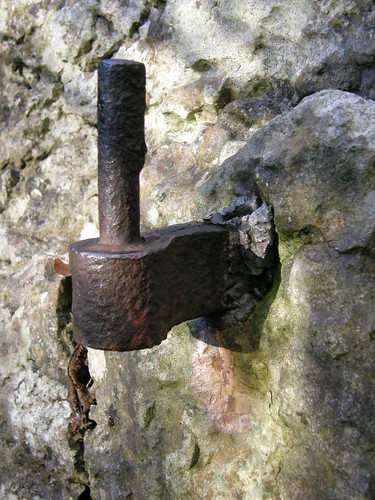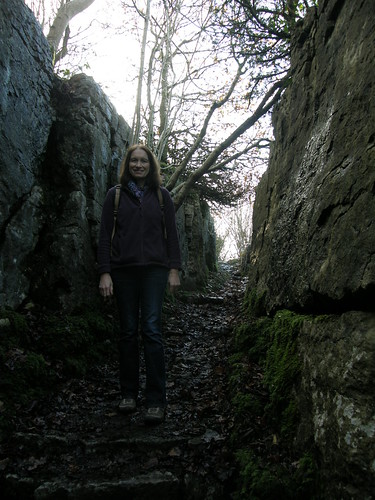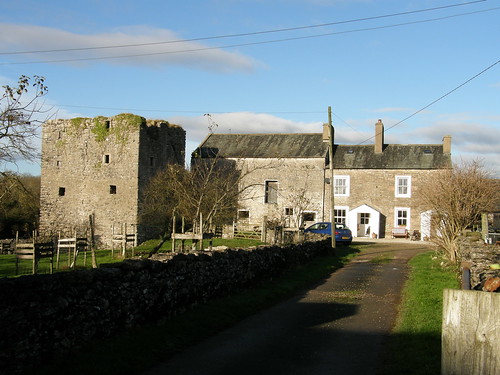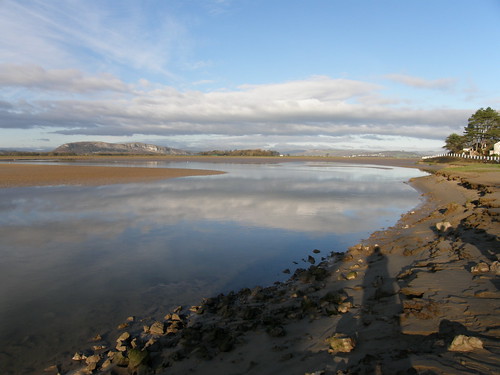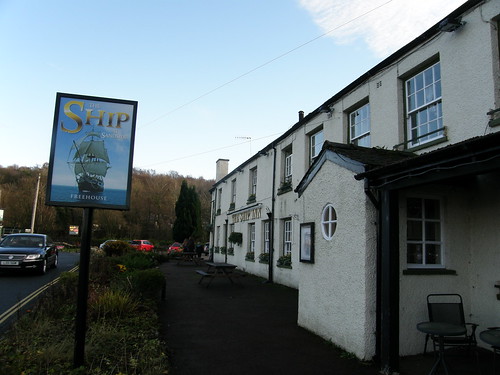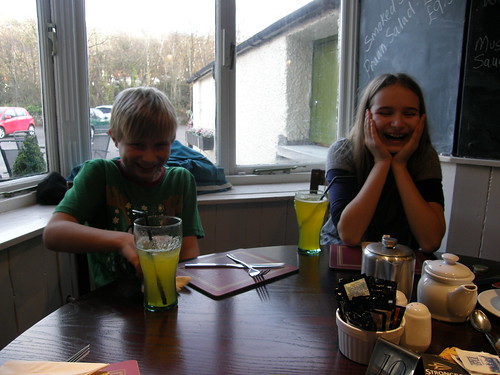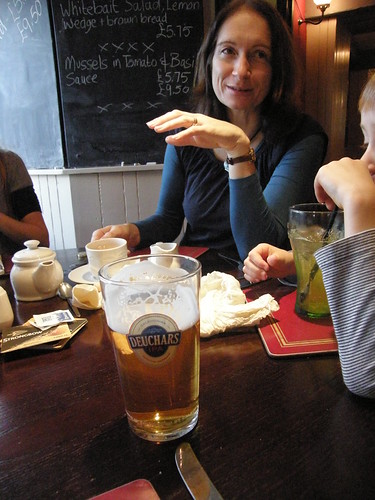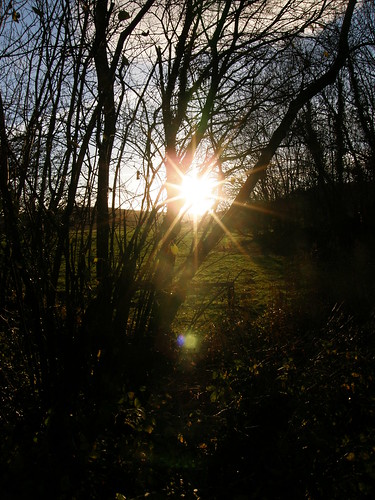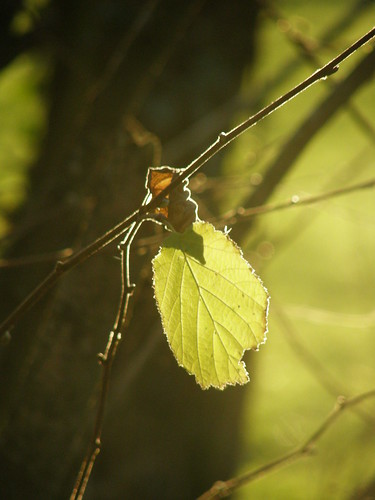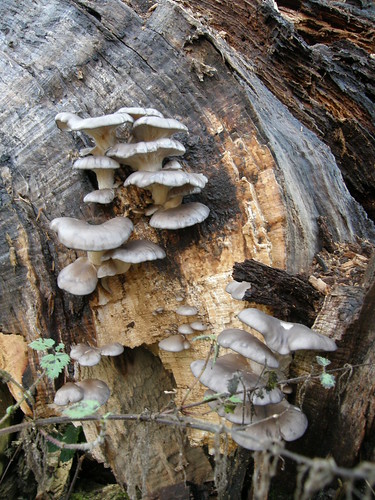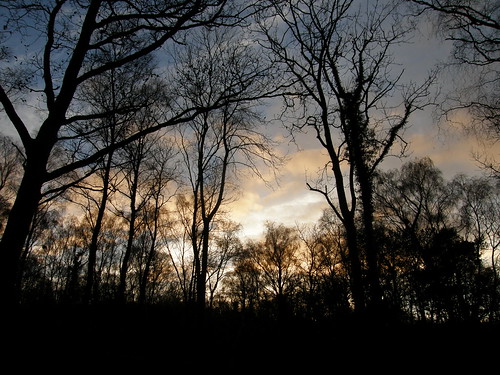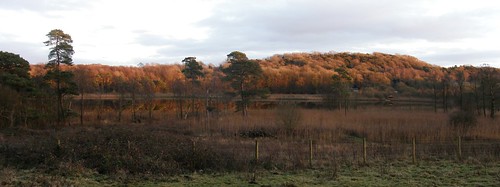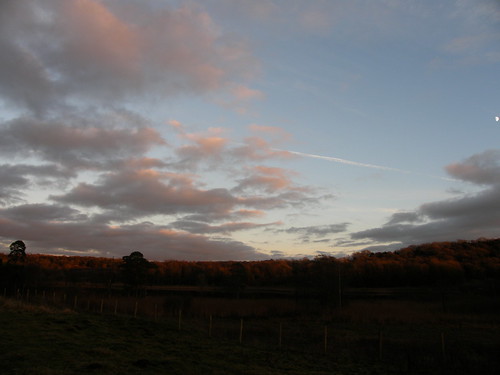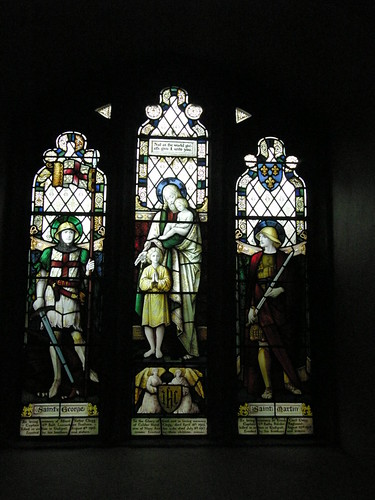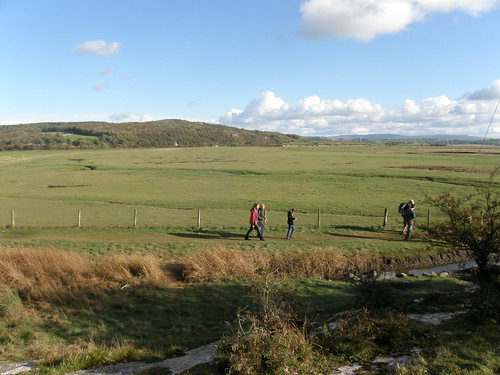
Sometimes it’s handy to have an abbreviated, short-hand way of referring to people or places. When we were kids, for instance, my brother always called our gaggle of cousins from overseas ‘Them Jerman gurls’. For my own kids, our group of old friends, most of whom first came together as the nucleus of the committee of Manchester University Hiking Club in the mid-eighties, will forever be known as ‘Our Camping Friends’, regardless of the fact that, although we do go camping together a couple of times every year, more often that not when we meet, we’re aren’t camping, but have congregated in some other suitable venue. Besides which, after looking at Facebook postings by the proud new owners of a shiny, new, all-singing, all-dancing folding-camper, A opined that we might have to start calling them Our Glamping Friends.
Anyway, in the Autumn, the regular ‘suitable venue’ is traditionally our house. This year’s get-together wasn’t as well organised as previous year’s have been. In my defence, it’s a very onerous event to plan. After due consideration you have to chose a date. Then emails need to be sent inviting everyone. Then…..well, that’s it to be honest. Tricky, eh?
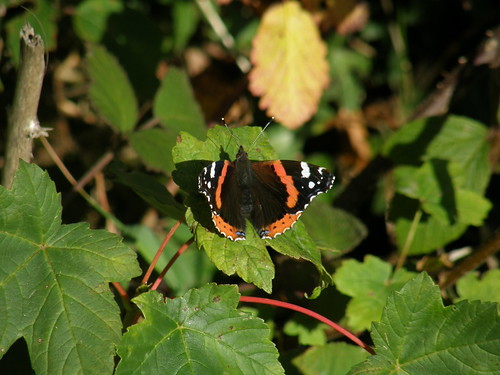
Anyway, thanks to the tardiness of my invites, we didn’t have quite as many takers this time round, and some couldn’t make it for the whole weekend.
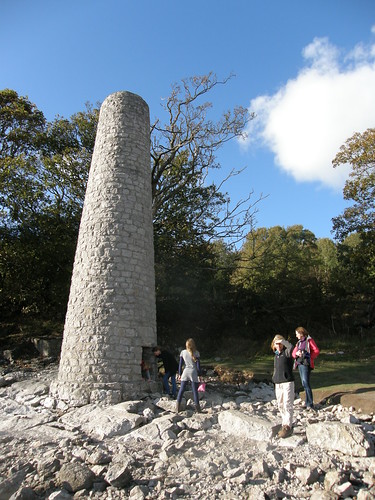
On the Saturday we managed, as usual, to spend all morning preparing, eating and recovering from a huge fry-up (sausage, bacon and black-pudding from Burrow’s butchers in the village – highly recommended), and then washing it down with industrial quantities of tea and tittle-tattle.
In the afternoon it appears that we went for a walk and that the sun shone. I can see from the photos that we went down to the salt-marsh and round Jenny Brown’s Point again. We probably went somewhere else after that, but I can’t clearly recall; evidence, if evidence were needed, that my brain is turning to mush faster than you can say……………………erm,hang on, where was I?
In the evening, we rewarded ourselves for the gargantuan efforts of the day with another slap-up take-away from the local curry house.
We resolved that the following day, we would Do Much Better, Get Out Earlier, Make An Effort; you know, generally resist the slide into slothful lethargy. We set-off on a Really Big Walk. An expedition to the Fairy Steps, chosen pretty much on the insistence of our kids. Unfortunately, we were waylaid by a sunny clearing amongst the trees. The ground was too inviting, the sun too warm, the lure of the tea and snacks in our rucksacks too tempting: we might have resisted any one of them alone, but what chance did we stand against all three?
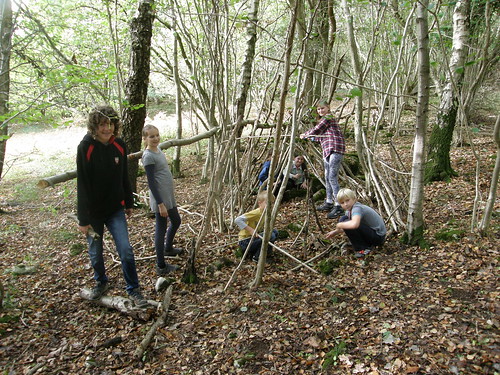
So we lay down for a moment or two. Or 120. Tea was brewed and guzzled. Chins were waggled. Winks were snatched.
The children were happy because they had all the makings of a den to hand.
When Easter releases the child, in any provincial suburb, from his inveterate bondage to grammar and sums, you will see him refreshing himself with sportive revivals of one of the earliest anxieties of man. Foraging around like a magpie or rook, he collects odd bits of castaway tarpaulin and sacking, dusters, old petticoats, broken broom-sticks and fragments of corrugated iron. Assembling these building materials on some practicable patch of waste grass, preferably in the neighbourhood of water, he raises for himself a simple dwelling. The blessing of a small fire crowns these provisions for domestic felicity, and marvellous numbers of small persons may be seen sitting around these rude hearths, conversing with the gravity of Sioux chieftains or, at the menace of rain, packing themselves into incredibly small cubic spaces of wigwam.
from The Right Place by C.E.Montague
I’ve just started reading ‘The Right Place’, having picked it up in Carnforth Bookshop recently. What a find! It’s eminently quotable, so you can probably expect more.

This is Charles Edward Montague in person. A novelist and journalist, he worked for the Manchester Guardian, as it was then. In 1914, too old to enlist, he dyed his hair black and joined up anyway. After the war he wrote anti-war novels and a memoir ‘Disenchantment’. I shall be on the look out for them. His son was one of the athlete’s portrayed in the film ‘Chariots of Fire’.
I’m not sure why I have such a soft-spot for the tweed-suited, bravura-moustachioed, pipe-chewing outdoor-writers of the early twentieth century. Over the years quite a few have featured in this blog – Viscount Grey, Ramsay McDonald, E.V.Lucas, A.B.Austin and Stephen Graham all spring to mind. (Gary Hogg and Ian Niall are a little later, but feel to me like they fit the profile.) Using two initials isn’t essential, but it clearly helps. It’s not just walkers either – I’m a fan of H.H., H.G.,G.K.,P.G. and R.L. too (I know that there are some people out there who still appreciate a bit of a quiz, anyone going to rise to the challenge? And no – they aren’t cricketers.)
Would Charles Edward have frittered away half of the day snoozing in the long grass? I doubt it. Not that I was completely indolent…
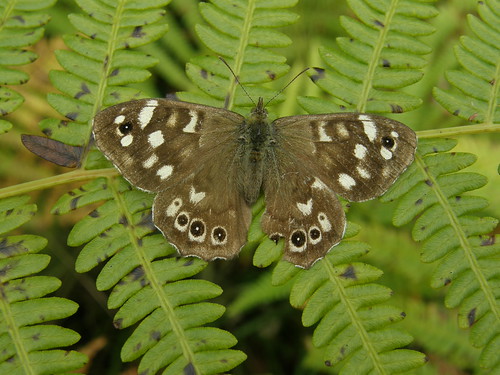
…a bit of motion in the bracken had me hunting for this slightly tatty Speckled Wood, but even as I took this photo, B was tugging on my arm and, were he a poker player he would undoubtedly have been telling me, ‘I’ll see your tired old butterfly and raise you one enormous beetle.’
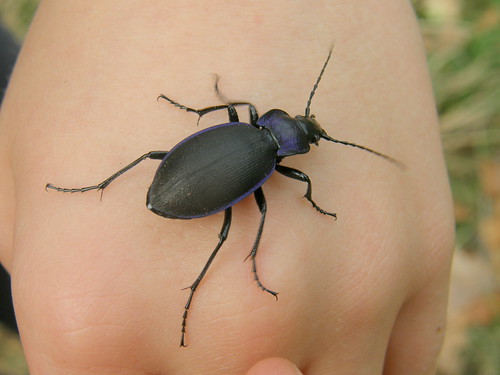
Here is his find. A Violet Ground Beetle. Very fast-moving it was. Predatory apparently.
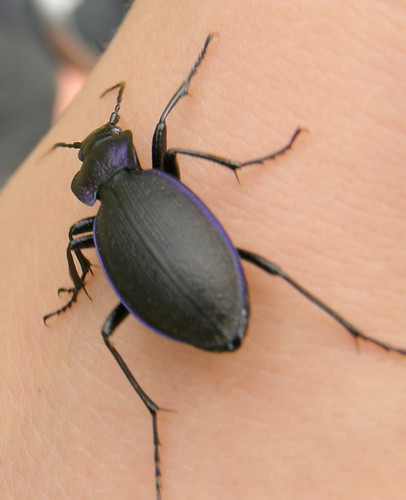
Eventually, and with some reluctance all round, what with the children wanting to furnish and decorate their wiki-up and the adults mostly content to loll about like the occupants of an opium den in the London of Fu Manchu, we summoned up the energy from somewhere or other to continue our walk.
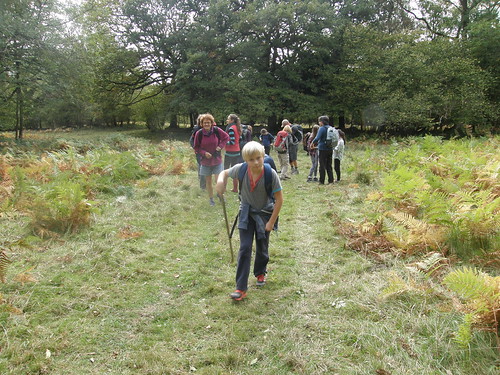
This is our merry band, breaking camp and leaving our bivouac spot, to cross the fields…
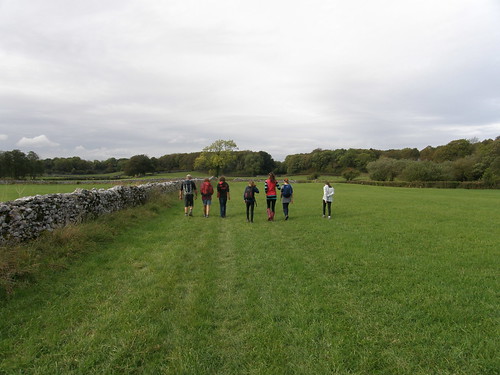
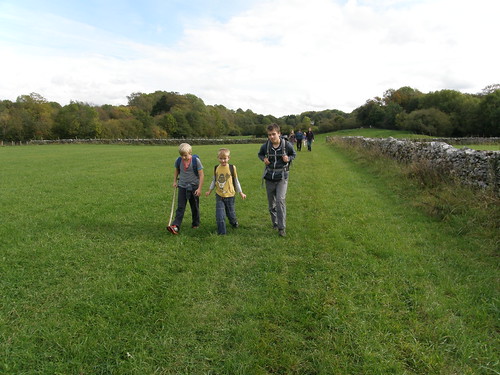
…and eventually make it to the path which slips stealthily through the first line of crags on Beetham Fell…
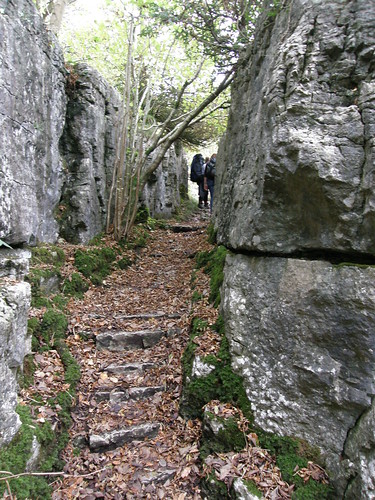
…before reaching the Fairy Steps themselves, which are altogether more difficult to negotiate, especially if you’re a bit short for your height like I am.
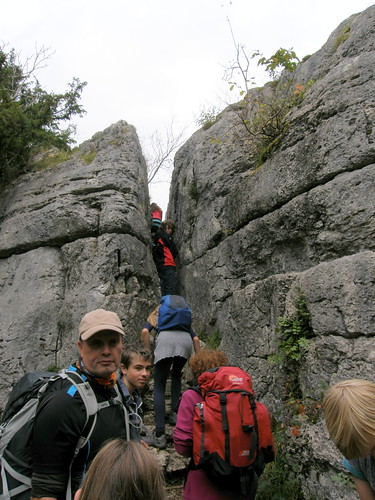
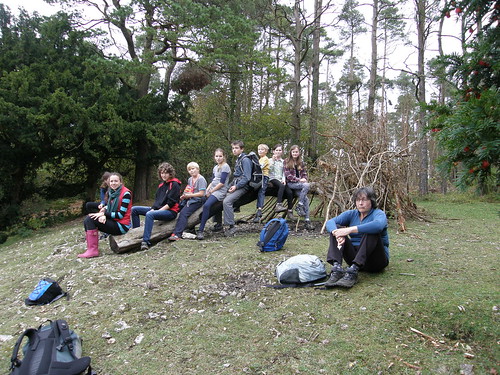
Beetham Fell.
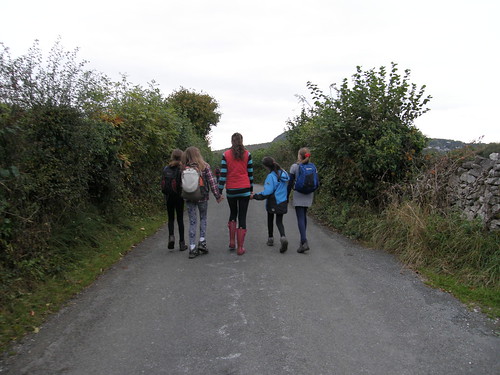
Homeward bound.
The last part of our walk, alongside Silverdale Moss, held a bit of a surprise for me regarding another old friend, but that will have to wait for another post. (See how I’m cranking up the tension there, you’ll be on tenterhooks now, possibly for months!)
As ever, it was a great pleasure to see everyone, catch-up, re-tell old jokes, rehearse ancient yarns, indulge in a little anecdote bingo etc. The boys spent the entire weekend talking exclusively, some might say obsessively, about Minecraft, but we can hardly fault them for living cosseted in their own little world, now can we?
